Table of Contents
Introduction :
Did you know that ancient Romans believed Opal was the most powerful and precious of all gemstones? No? Well, then buckle up, because you’re about to dive into the dazzling world of color, folklore, and fiery flashes.
Hey there, welcome to Gemstone 101, the guide where we uncover everything (or at least we try to) about 1 gemstone per week. This time, shimmering in the spotlight with its play-of-color magic and a history as mysterious as its glow — is the ever-enigmatic OPAL!
This captivating gemstone has bewitched royalty, artists, and healers across centuries — from being seen as a talisman of hope and purity to earning the nickname “The Queen of Gems.” In this guide, we’ll explore opal’s unique structure, varieties, spiritual meanings, and how to care for this delicate, rainbow-kissed beauty.
And yes, we’ll be tossing in some awe-worthy trivia like this one:

FACTS: The most valuable opal ever discovered, the ‘Virgin Rainbow’, is worth over $1 million, glows in the dark, and was found in Coober Pedy, Australia — one of the opal capitals of the world.

Physical Properties and Formation
What is Opal & how is it formed
Etymology: The word Opal is believed to have originated from the Latin word “opalus”, which itself was derived from the Greek “opallios”, meaning “to see a change of color.” Fitting, isn’t it? Because the moment you witness opal’s ethereal play-of-color, it’s like staring into a galaxy captured in stone.
Throughout history, opal has been wrapped in mystery and magic. Ancient Romans considered it a symbol of hope and purity, while Arabic legends said it fell from the sky in flashes of lightning. Shakespeare even called it the “queen of gems.”
Formation: Unlike most crystalline gemstones, opal is amorphous, meaning it doesn’t have a regular crystal structure. It’s a hydrated form of silica—made up of microscopic silica spheres suspended in water. These spheres diffract light, creating the vivid rainbow iridescence we call play-of-color.
Opals typically form in cracks and voids of rocks—often in areas rich in sandstone or volcanic ash—when silica-rich water slowly evaporates over time, leaving behind deposits of this mesmerizing gem.
Their structure can be surprisingly delicate, with water content ranging from 3–21% by weight. This is why opals need a little extra TLC when it comes to care.
With a Mohs hardness of 5.5–6.5, opal isn’t the hardest stone on the block—but what it lacks in toughness, it makes up for in pure visual poetry. From creamy white common opals to vibrant black opals with firework-like color displays, each opal is one-of-a-kind.
If you're someone who’s fascinated by the interplay of light and mineral magic, opal’s unique formation and structure will absolutely captivate you.

The 4Cs of Opal
Just like diamonds or any other gemstone, opals are graded based on four key factors—color, clarity, cut, and carat weight. These 4 C’s are essential for any buyer to know before making their purchase. Let’s have a deeper look.
A. Color
Color plays a very important role in determining opal values. Here’s what you should look for in opal’s case:
- Play-of-Color The more vibrant and varied the colors, the higher the value. Play of color is one of the main characteristics of opal. The better the color, the more valuable your opal is. Try not to compromise on the play of color just because of the price.
- Background Color: The base color of the background color on which the stone displays the play of color plays an important role. Usually black opals are valued the most, followed by white and then crystal opals. These are the three colors that you must go for.
- Brightness: The intensity of the colors determines the opal’s appeal. Bright opals fetch higher prices. A dull piece means that the play of color will be low too and that is not something that you would want.
B. Clarity
Generally opal doesn't come with inclusions. However, since there are many different varieties of opal some types might come with inclusions such as cracks, sand or webbing. These inclusions can lower your opals value.
Thoroughly check your opal for any possible inclusion before making the purchase. In terms of clarity, transparent to translucent opals are more preferred.
Boulder opal might come with natural inclusions and they are accepted as well because of the stone’s unique formation.

C. Cut
The cut of an opal plays an important role in deciding its price. Usually the round and oval cuts are most valuable and preferred. However, cuts are more of a personal preference and one should purchase what aligns with their demands.
- Cabochon Cut: Most opals are cut into smooth domes to enhance their play-of-color.
- Freeform Cut: Some opals are cut based on their natural shape to preserve maximum color.
- Faceted Cut: Rare but can add extra brilliance.
D. Carat Weight
Opals are measured in carats, but size isn’t as important as color and clarity. Large opals with vivid color are rare and expensive. A rich play of color is what adds life to an opal. If you are getting your hands on an opal that has a good carat weight and showcases a beautiful play of color then you have hit a jackpot. However, your first priority while buying an opal should be to focus on the play of color rather than just the carat size.

History & Cultural Significance
Ancient Connections
Greek & Roman Lore: In ancient Greece, opals were thought to be the tears of joy shed by Zeus after his victory over the Titans, symbolizing prophecy and protection. The Romans revered opals as symbols of hope and purity, believing they encompassed the virtues of all gemstones due to their kaleidoscopic colors.
Arabic & Indian Legends: Arabic myths suggest opals fell from the heavens during lightning storms, capturing celestial fire . In Indian folklore, opals are associated with the goddess of rainbows, who transformed into the stone to escape unwanted attention, symbolizing transformation and protection.
Australian Aboriginal Dreamtime: Indigenous Australians hold opals in high esteem, viewing them as sacred stones formed when the Creator descended to Earth on a rainbow, leaving these colorful gems where his feet touched the ground.
Aztec & Mayan Beliefs: In Mesoamerican cultures, fire opals were associated with the feathered-serpent deity Quetzalcoatl and were believed to foster creativity and new beginnings.
Symbolism & Superstition
Medieval Europe: During the Middle Ages, opals were considered talismans of protection and good fortune, believed to amplify the wearer's qualities and enhance their emotional and spiritual states . Some even believed that holding an opal wrapped in a fresh bay leaf would render the holder invisible, making it a favored stone among thieves.
Victorian Era & Misfortune Myths: The perception of opals shifted in the 19th century, particularly after the publication of Sir Walter Scott's novel Anne of Geierstein, where an opal talisman brought misfortune to its wearer. This led to a decline in opal's popularity, with sales dropping significantly in Europe.
Modern Interpretations: Today, opals are celebrated for their unique play-of-color and are associated with creativity, emotional healing, and self-expression. They are also the birthstone for October and are often given as gifts for 14th wedding anniversaries.
Cultural Significance Across Continents
- Australia: Home to 95% of the world's opal supply, Australia regards opal as its national gemstone. The discovery of vast opal deposits in the 19th century revitalized the gem's popularity.
- Europe: Despite periods of superstition, opals have adorned European royalty, with Queen Victoria notably gifting opal jewelry to her daughters, aiding in restoring the gem's reputation.
- Asia: In various Asian cultures, opals are prized for their beauty and are thought to enhance spiritual vision and intuition, aligning with themes of harmony and balance.
Types and Pricing
Types of Opal

Opal pricing factors:
There are many factors that control the pricing of an opal. Let us discuss them:
1.Type of Opal
The type of opal is the first major price determinant. Here's how they rank in terms of value (on average):
-
1. Black Opal:
- Most valuable due to its dark body tone, which makes play-of-color more vibrant.
- Mined mostly in Lightning Ridge, Australia.
- Prices range from $500 to over $10,000 per carat for top-grade stones.
-
2. White or Light Opal:
- Common and less expensive than black opals.
- Body color ranges from white to milky.
- Typically found in Coober Pedy, Australia.
- Ranges from $20 to $500 per carat, depending on quality.
-
3. Crystal Opal:
- Transparent to semi-transparent with vibrant color play.
- Prices can vary widely —$100 to $5,000 per carat.
- Transparency + intense color = big value.
-
4. Boulder Opal:
- A natural mix of opal and ironstone (host rock).
- Unique patterns and strong colors can fetch $50 to $3,000+ per carat.
-
5. Matrix Opal:
- Opal dispersed within host rock.
- Typically more affordable unless there’s striking color throughout.
-
6. Synthetic Opal:
- Lab-made (Gilson is a common brand).
- Much cheaper: $1 to $20 per carat.
- Should always be disclosed as synthetic.
2. Play-of-color (Fire)
This is the most important visual factor that buyers care about. A few factors that might increase the price are
- Brightness: The more vivid the stone’s color and brightness, the higher it is in value. It is graded from dull (1) to brilliant (5).
- Color Range: The fire color that is considered the most valuable is red, followed by orange, yellow, green, blue, and violet.
- Pattern: Harlequin pattern is very rare and very expensive. Some other well-prized patterns include floral, pinfire, and rolling flash.
- Coverage: A full-face fire is obviously considered better than a partial fire.
- Directionally: If the color is visible from multiple angles, then its value increases.
3. Body tone
- Graded from N1 (blackest) to N9 (lightest).
- Darker tones (N1–N4) dramatically enhance color play and are more valuable.
- White or milky tones (N8–N9) can dull the appearance of colors.
4. Transparency
- Crystal opals are highly priced because of their clarity.
- Slight translucence can increase the depth of play-of-color.
- Too much opacity (especially in white opals)
5. Cut and Shape
- Freeform cuts are valued the most for uniqueness. It is common in boulder and matrix opals.
- Cabochon shapes are standard; the higher the dome, the more desirable the stone.
- Well-cut opals have even thickness and no flat or dull spots.
6. Inclusions, Cracks, or Crazing
Opals should be stable; fragile opals have a very limited market appeal. Fractures or visible pits can drop the price significantly. The stone’s price can also drop if there are visible tiny cracks from dehydration.
7. Carat Weight
As the carat size goes up, the price gets bigger as well. However, the quality of the opal also plays a big role in this. Large and high-quality opals are very rare.
8. Origin
While not always a direct pricing factor, certain origins command higher respect:
- Lightning Ridge (Black Opal)
- Coober Pedy (White/Crystal Opal)
- Andamooka (Matrix Opal)
- Ethiopia (Hydrophane Opals)—Beautiful but can absorb water, reducing stability.
- Mexico (Fire Opal)—Often priced differently due to being faceted and lacking traditional play-of-color.
9. Treatment or Enhancements
- Doublets/Triplets: Thin slices of opal glued to backing or protected with a cap (triplet). Much cheaper: $10–$100 per piece.
- Smoke-treated Ethiopian opals: Can look like black opals, but the price is much lower, and the treatment must be disclosed.
10. Market Conditions & Rarity
- Supply from major mines affects global prices.
- Rare patterns, colors, or historical significance (e.g., from closed mines) can spike value.
- Fine black opals are increasing in price due to dwindling supply.
Pricing range:
| Types of Opal | Characteristics | Opal Price Range (per carat) |
| White Opal | Milky body with soft, pastel-like play-of-color. | $10 – $200 |
| Black Opal | Dark body tone with vivid, high-contrast fire. | $1,000 – $15,000+ |
| Crystal Opal | Transparent with bright, floating color flashes. | $100 – $1,500 |
| Fire Opal {w/color) | Warm-toned body with occasional vibrant play-of-color. | $50 – $500 |
| Boulder Opal | Colorful opal veins with ironstone backing for natural contrast. | $50 – $3,000+ |
| Matrix Opal | Opal sparks infused within host rock like sandstone or ironstone. | $10 – $300 |
| Pink Opal | Soft pink tones, opaque, often Peruvian. | $1 – $25 |
| Green Opal | Smooth, mossy green with waxy luster. | $2 – $30 |
| Blue Opal | Sky to aqua blue, usually opaque or translucent. | $5 – $50 |
| Yellow Opal | Warm yellow tones with smooth finish, often translucent. | $2 – $20 |
| Opalized Wood | Fossilized wood with opal replacement showing organic texture. | $10 – $100 |
| Ethiopian Opal | Vivid color play, often hydrophane and highly transparent. | $20 – $500+ |
| Hydrophane Opal | Water-absorbent opal that changes appearance when wet. | $10 – $300+ |
| Synthetic Opal | Lab-made with repeating, structured color patterns. | $5 – $50 |
Metaphysical and Spiritual Properties of Opal
Opal is an enchanting stone with potential benefits for emotional healing, physical health, creativity, and spiritual growth. Whether you're seeking to express yourself more fully or deepen your spiritual journey, this gemstone could be a wonderful addition to your life!
Let’s dive into how this gemstone supports healing in various areas of life.
Emotional Healing
- Encourages Emotional Release: Have you ever had an emotional breakthrough that left you feeling lighter? That’s what opal is said to do—it helps clear emotional baggage, making space for happiness, joy, and new beginnings.
- Boosts Confidence & Self-Expression: Struggling to put your thoughts into words? Whether you’re holding back in conversations or in your creative work, opal helps you embrace your voice and express yourself with authenticity.
- Brings Emotional Balance: If stress and anxiety have been weighing you down, opal’s soothing energy is believed to help calm the mind and bring a sense of inner peace. You can consider it as a gentle reset button for your emotions.
Physical Healing
- Supports Detoxification & Immunity: Some people believe opal helps the body flush out toxins and strengthens its natural defenses, making it great for overall wellness.
- Improves Circulation & Energy Flow: If you’ve been feeling sluggish, opal’s energy is thought to promote better blood flow and oxygenation, which may leave you feeling more refreshed and revitalized.
- Helps with Digestion: Opal is sometimes used in holistic healing to encourage better nutrient absorption and gut health. Some even place the stone on their stomach during meditation to promote balance.
- Eases Pain & Inflammation: Whether it's headaches, muscle tension, or chronic pain like arthritis, opal's gentle yet powerful energy can help soothe discomfort.
Creativity & Inspiration
- Ignites Imagination: Ever had an idea flash through your mind, only for it to disappear before you could act on it? Opal is believed to help keep that creative spark alive, making it easier to turn inspiration into action.
- Enhances Visualization: Whether you’re a writer crafting a story, a designer planning a new project, or simply someone manifesting their dream life, opal is thought to strengthen visualization skills. It can help you see your goals more clearly.
- Encourages Playfulness: As we grow older, we sometimes forget the joy of creating just for fun. Opal’s energy reminds us to embrace spontaneity, take creative risks, and enjoy the process instead of overthinking the outcome.
Spiritual Growth
- Boosts Intuition: Ever had a gut feeling about something that turned out to be right? Opal is said to strengthen that inner voice, helping you listen to your instincts and make decisions with confidence.
- Enhances Dreamwork & Meditation: If you love exploring your subconscious through dreams or meditation, opal is often used to make these experiences more vivid and insightful. Some even keep an opal under their pillow to encourage meaningful dreams.
- Acts as a Mirror for Self-Discovery: Sometimes, the things holding us back are hidden deep within. Opal is believed to reflect our inner emotions, showing us what needs healing or attention, making it a great companion for personal growth.
Astrological Connections of Opal
Opal shimmers with mystical energy, embodying creativity, intuition, and emotional healing. This enthralling gemstone strengthens certain zodiac signs while bringing balance where needed. If you’re looking for a stone that enhances your inner light while guiding you toward self-discovery, opal might just be your cosmic ally.
As the birthstone for October, opal has long been associated with inspiration, love, and transformation.
Let’s explore how this shimmering gemstone connects with different zodiac signs and its astrological influences.
Libra
Libras are natural peacekeepers, always striving for harmony in relationships and life. However, their tendency to overthink can sometimes leave them indecisive. Opal helps Libras trust their intuition and make decisions with confidence. It also enhances their natural charm, making their social connections even more magnetic.

Scorpio
Scorpios are passionate and intense, often diving deep into emotions and transformations. Opal amplifies their already strong intuition, helping them connect with their inner wisdom. It also encourages emotional healing, allowing Scorpios to release past wounds and embrace new beginnings with clarity.

Pisces
As a dreamy and imaginative sign, Pisces can sometimes get lost in their emotions. Opal provides a grounding yet inspiring energy, helping them channel their creativity while maintaining emotional balance. It also enhances their spiritual connection, making it a perfect companion for meditation and introspection.

Planetary Rulership of Opal
The ruling planets of opal differ between Vedic and Western astrology, shaping their energetic properties and influence. This radiant gemstone is known for its emotional depth, creativity, and mystical energy. Let's explore its planetary connections:
Planetary Rulership in Vedic Astrology
In Vedic astrology, Opal is primarily associated with Venus – the planet of love, beauty, and harmony. Venus governs relationships, artistic expression, and material pleasures, making this gemstone a powerful stone for those seeking love, creativity, and abundance.
Venus’ influence gives opal the ability to enhance attraction, promote self-love, and strengthen romantic bonds. It is particularly beneficial for those with a weak or afflicted Venus placement in their birth chart, helping them cultivate confidence, joy, and emotional fulfillment.
Planetary Rulership in Western Astrology
In Western astrology, opal is linked to both Venus and Neptune.
This gemstone's association with Neptune is due to this planet's influence on creativity, dreams, intuition, and the subconscious mind.
Venus rules love, beauty, and relationships, making Opal a perfect stone for enhancing charm, creativity, and emotional connection. On the other hand, Neptune, the planet of dreams and intuition, adds a mystical dimension to this gemstone’s energy. It helps deepen spiritual awareness and unlock hidden potential.
This dual influence makes opal an excellent gemstone for those looking to enhance their artistic talents, strengthen their intuition, and embrace their inner talents.

Significance of Opal During Major Astrological Events
Astrological shifts can stir emotions and bring about transformative changes, but opal can act as a guiding light. It is widely regarded as a stone of inspiration, helping you navigate cosmic shifts with grace. Here’s how it can support you through significant astrological events:
Venus Retrograde
Venus retrograde often brings challenges in love, self-worth, and finances. Opal encourages emotional clarity, self-love, and creative expression, helping you navigate relationship dynamics with ease.
Pro Tip: Wear an opal pendant to strengthen self-confidence and attract positive energy during this period.
Neptune Retrograde
Neptune retrograde heightens intuition but can also create illusions. Opal helps you see the truth clearly, keeping you grounded while allowing your imagination to thrive.
Pro Tip: Meditate with opal to enhance spiritual insight and avoid confusion during Neptune’s retrograde phase.
Lunar Eclipse
Lunar eclipses bring emotional shifts and revelations. Opal’s soothing energy helps process emotions while fostering clarity and peace.
Pro Tip: Keep an opal close during journaling sessions to gain deeper emotional insights.
Solar Eclipse
Solar eclipses mark bold new beginnings. Opal’s connection to Venus and Neptune supports creative vision, self-expression, and positive transformation.
Pro Tip: Place opal near your workspace or vision board to enhance inspiration during new cycles.
New Moon
New moons symbolize fresh starts, and opal enhances manifestation by strengthening intuition and imagination. It helps you set clear, inspired intentions.
Pro Tip: Hold an opal while visualizing your goals to amplify their manifestation potential.
Full Moon
Full moons are a time for reflection and release. Opal aids in letting go of fears, negative energy, and limiting beliefs, making space for renewal.
Pro Tip: Place opal under the full moonlight to cleanse its energy and recharge its power.
Elemental Energy of Opal
Opal is deeply connected to the water element, flowing with emotions, intuition, and creativity. Just like the shifting tides, this gemstone encourages self-expression and adaptability while keeping emotions in harmony.
At the same time, opal carries a subtle influence of the air element, thanks to its connection with Venus and Neptune. This airy energy enhances imagination, communication, and inspiration, making this gemstone ideal for artists, writers, and dreamers.
Because of its water-air duality, opal is suitable for those who want to deepen their intuition while embracing creative freedom. It’s a stone of love, transformation, and insight, guiding its wearer toward self-discovery and emotional balance.
How to Work with Its Elemental Energy:
- Wear Opal to enhance intuition, creativity, and emotional clarity.
- Meditate with it near water (lakes, rivers, or baths) to deepen its calming and intuitive effects.
- Place it in your workspace to boost inspiration and artistic flow.

Stones and Metals That Pair Well with Opal
Opal's visual appeal and charm seem almost otherworldly. But did you know that pairing it with the right stones and metals can enhance its beauty and even amplify its energy? Whether you're looking to boost intuition, attract love, or simply create a stunning jewelry piece, the right combinations can make all the difference. Let’s explore the best stones and metals that complement opal’s magic, both aesthetically and energetically!
Diamond
The brilliance of the diamond enhances the opal's hypnotic play of colors, amplifying its energy and clarity. If you seek both elegance and spiritual elevation, this pairing is pure magic.


Moonstone
Moonstone’s soft, luminous glow harmonizes beautifully with opal’s shifting hues, enhancing intuition and emotional balance. If you're drawn to celestial energy and deep inner wisdom, this is your go-to combination.


Amethyst
The soothing and spiritual energy of amethyst perfectly balances opal’s ethereal charm, promoting clarity, emotional stability, and higher consciousness. If you need both inspiration and tranquility, this duo is a must-have.


Aquamarine
The cool, refreshing energy of aquamarine enhances opal’s dreamy aesthetic while encouraging inner peace and fluidity. If you’re looking for emotional healing with a serene touch, this pairing is perfect.


Garnet
The rich, fiery energy of garnet grounds opal's airy, mystical nature creates a bold yet balanced combination. If you want passion with a sense of stability, this is the ideal match.


Sapphire
Sapphire’s deep wisdom and strength amplify opal’s intuitive energy, making this duo perfect for mental clarity and insight. If you’re looking for a regal and empowering combination, this one’s for you.


Tourmaline
Whether pink, green, or black, tourmaline adds a layer of protection and grounding to opal’s enchanting energy. If you want a blend of emotional balance and mystical charm, this pairing won’t disappoint.


Metals That Pair Well with Opal
| Metals | Significance |
| Sterling Silver | It enhances opal’s ethereal glow while adding a sleek, modern touch. Silver’s connection to lunar energy amplifies opal’s intuitive and emotional qualities, making it ideal for deepening self-awareness. |
| White Gold | It brightens opal’s shifting colors and adds a refined elegance. White gold’s high-frequency energy enhances opal’s vibrancy while providing stability to amplify the stone’s natural properties. |
| Yellow Gold | It complements opal’s warm undertones and elevates its fiery play of colors. Associated with the sun, yellow gold brings confidence and creativity, balancing opal’s fluid energy with strength and empowerment. |
| Rose Gold | It softens opal’s energy with its warm, romantic hue. The copper content in rose gold enhances emotional healing, self-love, and compassion, making it a perfect match for opal’s deeply emotional nature. |
| Platinum | It provides a striking contrast to opal’s delicate colors while offering protection and durability. Platinum’s grounding energy helps stabilize opal’s often shifting vibrations, shielding it from negativity. |
| Copper | It intensifies opal’s energetic properties by acting as a powerful conductor. Known for its healing and detoxifying abilities, copper amplifies opal’s transformative energy and emotional depth. |
Check out our Pairing Guide to discover the best crystals and metals that enhance opal’s beauty and power.
Care and Authentication of Opal
Care Instructions for Opal
Opal is a mesmerizing gemstone known for its play-of-color, but t requires special care to maintain its brilliance. With a Mohs hardness of 5.5–6.5, it is softer than many other gemstones, making it more prone to scratches and damage. Follow these steps to keep your opal looking radiant for many years to come:
- Mix a few drops of mild dish soap with placid water in a bowl.
- Use a soft microfiber cloth to wipe the surface gently.
- Rinse the opal under lukewarm running water to remove any soap residue.
- Pat dry with a lint-free cloth to avoid water spots.
Avoid soaking opals in water, especially doublets or triplets, as moisture can weaken the adhesive layers and cause separation. Also, keep your opal away from harsh chemicals, ultrasonic cleaners, and extreme temperature changes.
How to Store Opal Properly?
Opals contain water and can become brittle if exposed to excessive dryness. Here’s how to store them properly:
- Keep opal jewelry in a soft pouch or fabric-lined box to prevent scratches.
- Store opals separately from harder gemstones like diamonds and sapphires.
- If you live in a dry climate, keep a slightly damp cotton ball near the opal to maintain its moisture.
- Avoid prolonged exposure to direct sunlight as it can cause cracks
Energy Cleansing of Opal
Opal is a highly energetic stone that absorbs vibrations from its surroundings. Regular cleansing helps refresh its energy. Here are some effective methods that you can follow:
- Running Water Cleansing: Hold the opal under gentle, room-temperature water while visualizing negativity washing away.
- Moonlight Charging: Leave your opal under the full moon overnight to recharge its mystical energies.
- Smoke Cleansing: Pass it through sage or palo santo smoke to remove accumulated energies.
- Sound Healing: A singing bowl or tuning fork can purify opal with vibrational energy.
- Crystal Charging: Place the opal on a bed of selenite or clear quartz to cleanse and amplify its energy.
Authentication Guide: Real vs. Fake Opal
Due to its high demand and mesmerizing beauty, this gemstone has many synthetic and imitation counterparts. Here’s how to determine if your opal is genuine:
1. Play-of-Color
A real opal exhibits a unique play-of-color that shifts under different angles of light. If the colors appear too uniform, overly vibrant, or have a “snakeskin” pattern, it might be synthetic.
2. Hardness Test
With a Mohs hardness of 5.5–6.5, real opals are softer than quartz but still resistant to minor scratches. If the stone is extremely hard or scratches too easily, it might be a glass imitation or another mineral.
3. Texture and Feel
Authentic opals have a smooth yet slightly waxy texture. If the stone feels overly glassy, slick, or plasticky, it may be synthetic.
4. Temperature Test
A natural opal feels slightly cool to the touch and warms up slowly. Fake opals made from glass or resin warm up instantly in your hand.
5. Light Reflection & Shine
Genuine opals have a soft, natural glow rather than an overly glossy, plastic-like reflection. On the contrary, synthetic opals may have an unnatural sheen.
6. Magnification Test
Under a magnifying glass, a real opal will show natural inclusions and an organic play-of-color. Fake opals, especially synthetic ones, may display a uniform, grid-like pattern known as the “columnar structure.”
7. Water Absorption Test
Since opals contain water, natural ones may show slight changes when exposed to prolonged dryness, but they should never lose color when wet. Dyed imitations might release color when rubbed with a damp cloth.
8. UV Light Test
Real opals typically show little to no fluorescence under UV light, while synthetic ones may glow brightly, indicating artificial composition.
9. Price & Source
Opals can range from affordable to highly valuable depending on their origin, color, and quality. If a deal seems too good to be true, it’s wise to double-check authenticity. Thus, always purchase from reputable dealers.
10. Refractometer Test
A genuine opal has a refractive index (RI) of approximately 1.37–1.47. If you have access to a jeweler’s refractometer, this is one of the most reliable ways to confirm authenticity.
Frequently Asked Questions (FAQs)
Q: What is the rarest type of opal?
Black Opal from Australia is the rarest and most valuable type due to its dark background and intense play-of-color.
Q: Can opal crack or dry out?
Yes, solid opals contain water and can crack if exposed to extreme dryness or sudden temperature changes. You should keep them in a humid environment as it helps prevent dehydration.
Q: Why do some opals lose their color?
If an opal is exposed to too much heat, sunlight, or chemicals, it may lose its vibrancy. However, proper care ensures your opal stays brilliant for years.
Q: Is Opal good for spiritual or healing purposes?
Absolutely! Opal is linked to intuition, emotional healing, and creativity. Many believe it enhances self-expression and brings inner peace.
Q: What metals pair well with Opal jewelry?
Opals look stunning in gold, silver, platinum, and rose gold. The metal choice also depends on what kind of style you're aiming for, such as modern or vintage look.
Q: Are Opals expensive?
The price varies based on color, clarity, type, and origin. Black opals and high-quality fire opals can be quite valuable, while common opal varieties are more affordable.
Visited 967 No. of Time(s), 12 Visit(s) Today
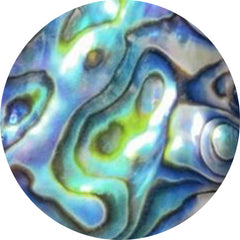 Abalone shell (122)
Abalone shell (122)
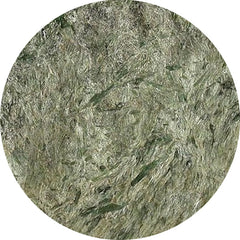 Actinolite (1)
Actinolite (1)
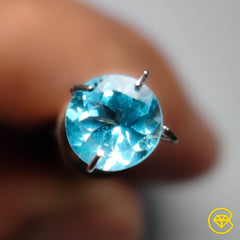 Affordable gemstones (17067)
Affordable gemstones (17067)
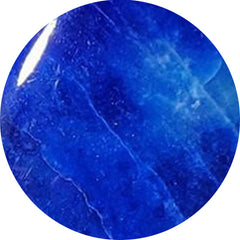 Afghanite (7)
Afghanite (7)
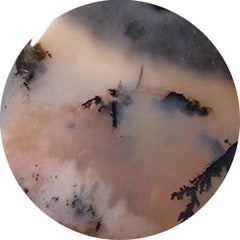 Agate (2480)
Agate (2480)
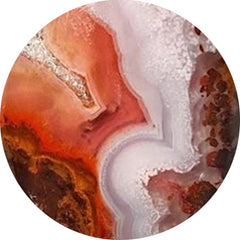 Agua nueva (11)
Agua nueva (11)
 All gemstones (1)
All gemstones (1)
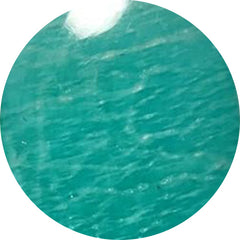 Amazonite (153)
Amazonite (153)
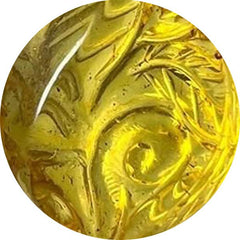 Amber (116)
Amber (116)
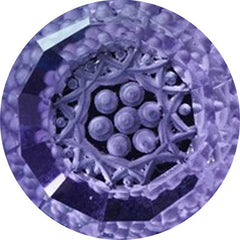 Amethyst (571)
Amethyst (571)
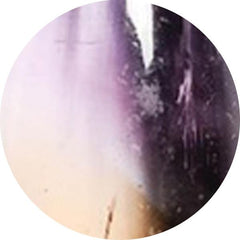 Ametrine (22)
Ametrine (22)
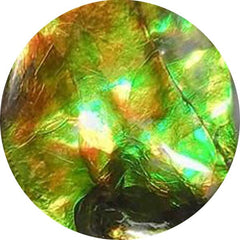 Ammolite (25)
Ammolite (25)
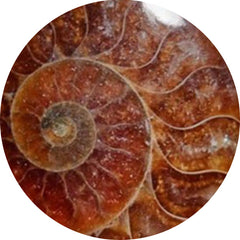 Ammonite (70)
Ammonite (70)
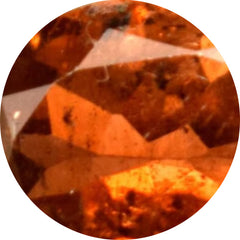 Andalusite (1)
Andalusite (1)
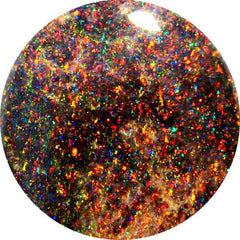 Andamooka opal (0)
Andamooka opal (0)
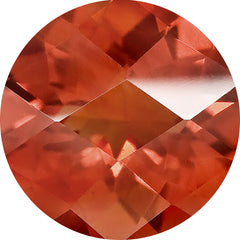 Andesine (0)
Andesine (0)
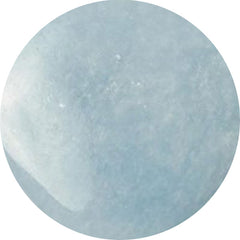 Angelite (28)
Angelite (28)
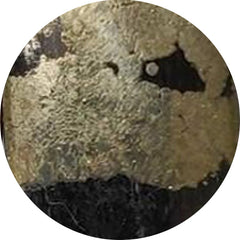 Apache gold (22)
Apache gold (22)
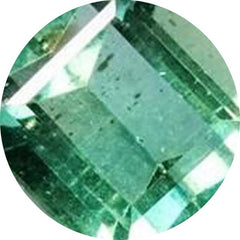 Apatite (134)
Apatite (134)
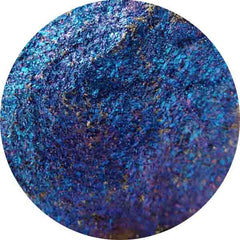 Apophyllite (1)
Apophyllite (1)
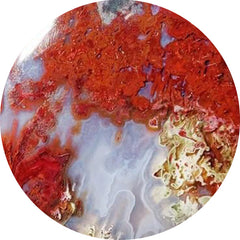 Apple valley agate (0)
Apple valley agate (0)
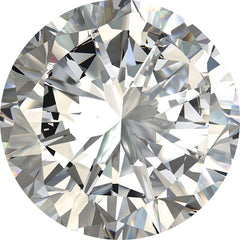 April birthstone (1844)
April birthstone (1844)
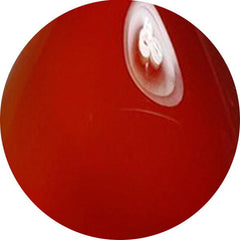 Aqeeq (0)
Aqeeq (0)
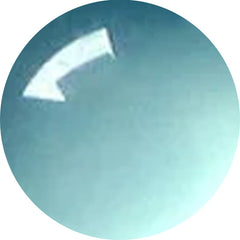 Aqua chalcedony (18)
Aqua chalcedony (18)
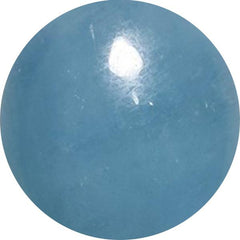 Aquamarine (77)
Aquamarine (77)
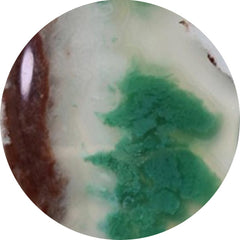 Aquaprase (64)
Aquaprase (64)
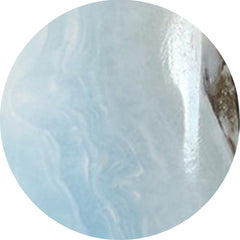 Aragonite (16)
Aragonite (16)
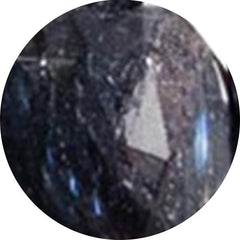 Arfvedsonite (12)
Arfvedsonite (12)
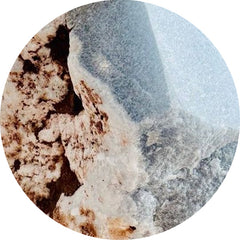 Aristolite (0)
Aristolite (0)
 Arizona turquoise (0)
Arizona turquoise (0)
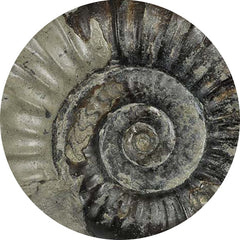 Arnioceras semicostatum fossil (0)
Arnioceras semicostatum fossil (0)
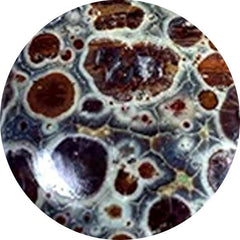 Asteroid jasper (11)
Asteroid jasper (11)
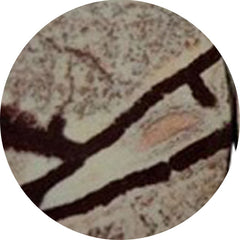 Astrophyllite (54)
Astrophyllite (54)
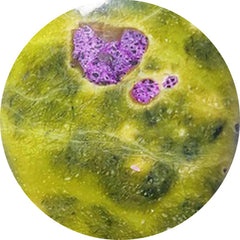 Atlantasite (87)
Atlantasite (87)
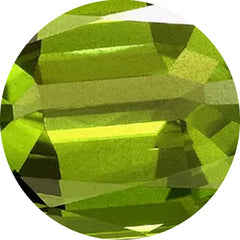 August birthstone (92)
August birthstone (92)
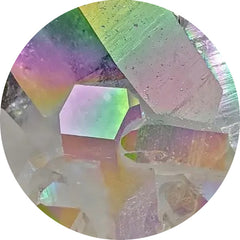 Aura quartz (0)
Aura quartz (0)
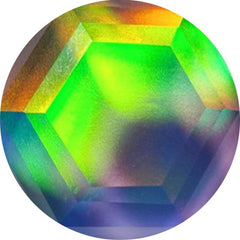 Aurora opal (314)
Aurora opal (314)
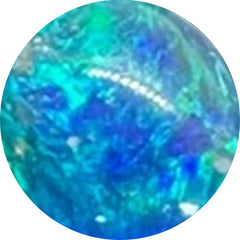 Australian opal (19)
Australian opal (19)
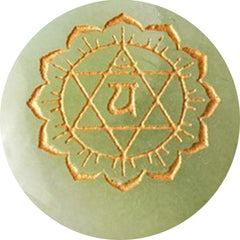 Aventurine (64)
Aventurine (64)
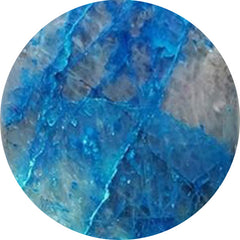 Azurite (281)
Azurite (281)
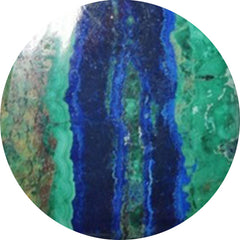 Azurite malachite (19)
Azurite malachite (19)
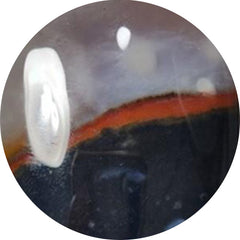 Banded agate (79)
Banded agate (79)
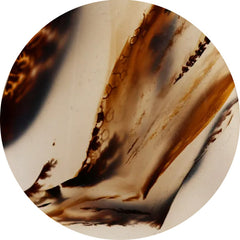 Barber agate (0)
Barber agate (0)
 Barite (13)
Barite (13)
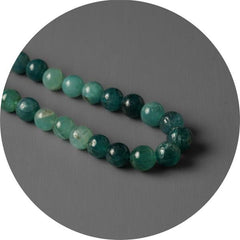 Beads (51)
Beads (51)
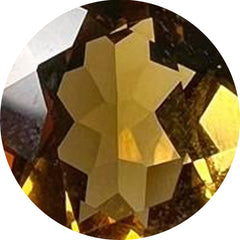 Beer quartz (23)
Beer quartz (23)
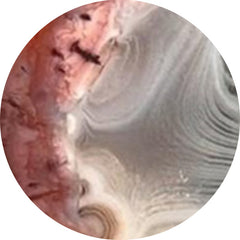 Berber agate (4)
Berber agate (4)
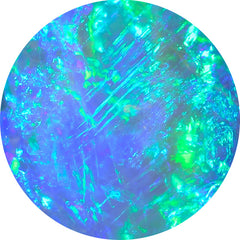 Best seller (0)
Best seller (0)
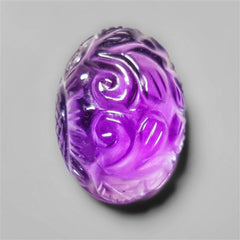 Bestsellers: a selection of our most-loved stones (448)
Bestsellers: a selection of our most-loved stones (448)
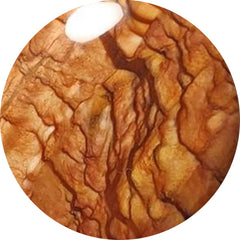 Biggs jasper (29)
Biggs jasper (29)
 Bird carving (104)
Bird carving (104)
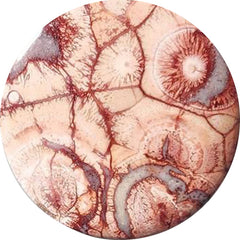 Bird eye jasper (45)
Bird eye jasper (45)
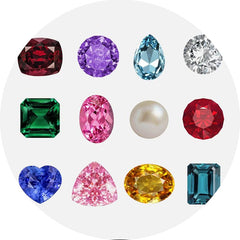 Birthstones (0)
Birthstones (0)
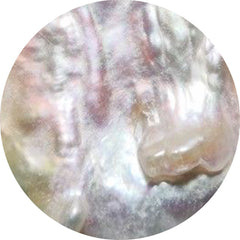 Biwa pearl (34)
Biwa pearl (34)
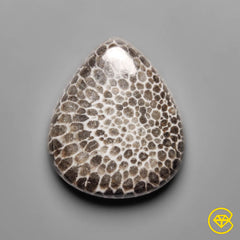 Black gemstones (943)
Black gemstones (943)
 Black onyx (180)
Black onyx (180)
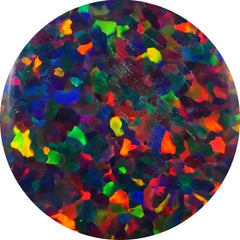 Black opal (33)
Black opal (33)
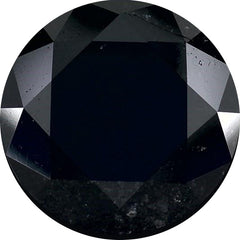 Black spinel (33)
Black spinel (33)
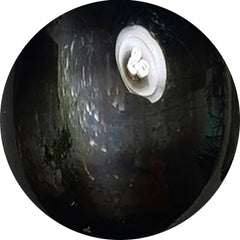 Black star (31)
Black star (31)
 Black tourmaline (77)
Black tourmaline (77)
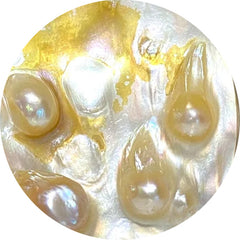 Blister pearl (30)
Blister pearl (30)
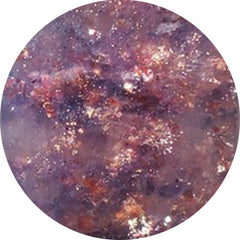 Bloodshot iolite (77)
Bloodshot iolite (77)
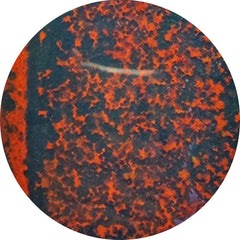 Bloodstone (66)
Bloodstone (66)
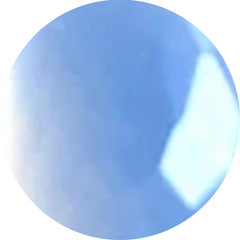 Blue chalcedony (41)
Blue chalcedony (41)
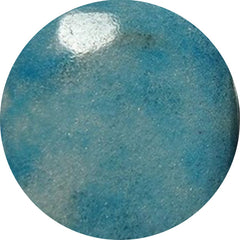 Blue diopside (0)
Blue diopside (0)
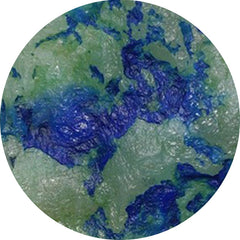 Blue horizon (15)
Blue horizon (15)
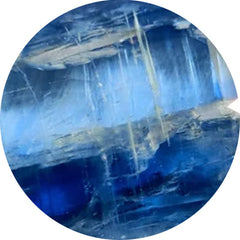 Blue kyanite (34)
Blue kyanite (34)
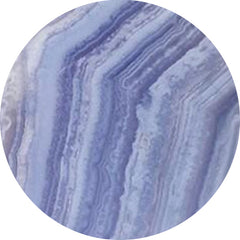 Blue lace agate (256)
Blue lace agate (256)
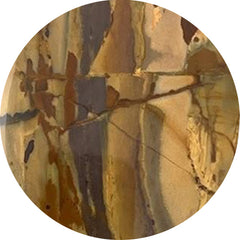 Blue mountain jasper (0)
Blue mountain jasper (0)
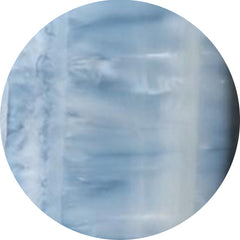 Blue opal (151)
Blue opal (151)
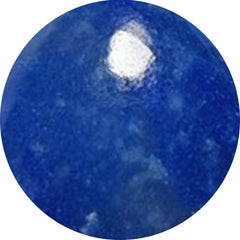 Blue quartz (40)
Blue quartz (40)
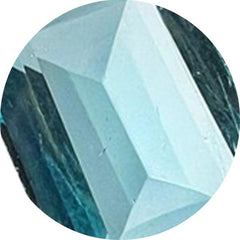 Blue topaz (49)
Blue topaz (49)
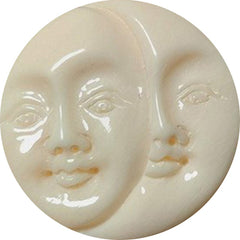 Bone (9)
Bone (9)
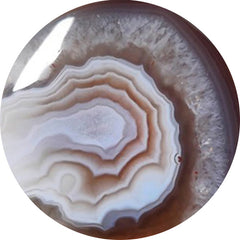 Botswana agate (244)
Botswana agate (244)
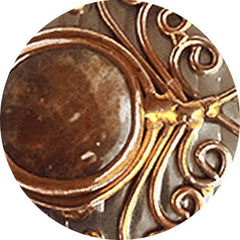 Bronze (0)
Bronze (0)
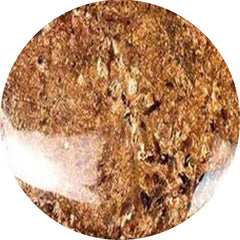 Bronzite (2)
Bronzite (2)
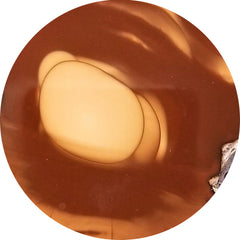 Bruneau jasper (15)
Bruneau jasper (15)
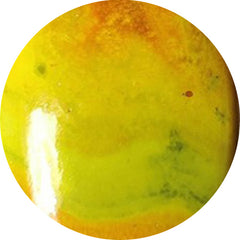 Bumble bee jasper (199)
Bumble bee jasper (199)
 Buy gemstones in usa (859)
Buy gemstones in usa (859)
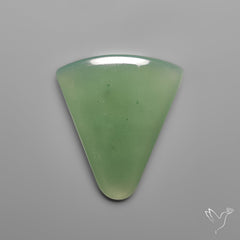 Cabochons (12761)
Cabochons (12761)
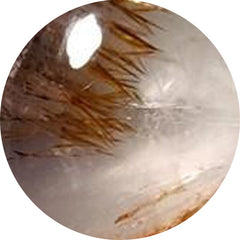 Cacoxenite (65)
Cacoxenite (65)
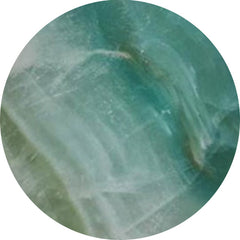 Calcite (220)
Calcite (220)
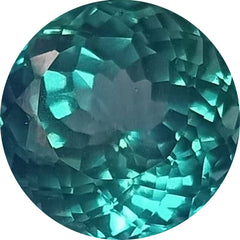 Calibrated (136)
Calibrated (136)
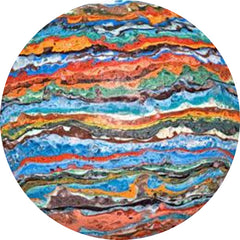 Calsilica (0)
Calsilica (0)
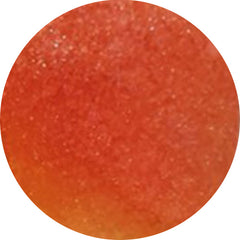 Candy corn (6)
Candy corn (6)
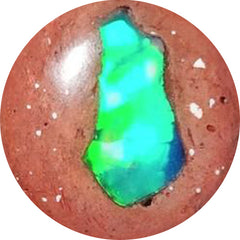 Cantera opal (18)
Cantera opal (18)
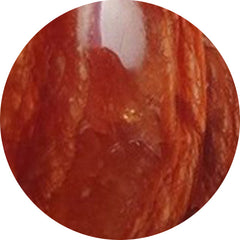 Caramel opal (2)
Caramel opal (2)
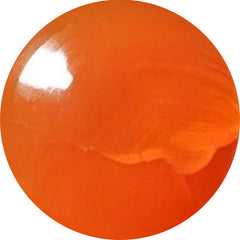 Carnelian (46)
Carnelian (46)
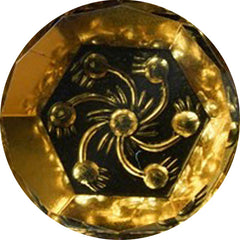 Carving (1782)
Carving (1782)
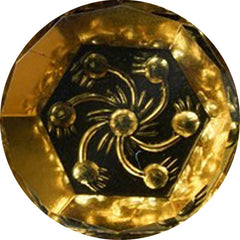 Carvings (2041)
Carvings (2041)
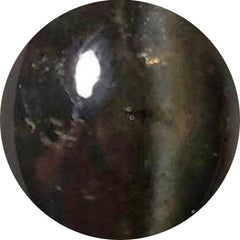 Cats eye (61)
Cats eye (61)
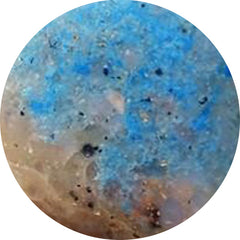 Cavansite (16)
Cavansite (16)
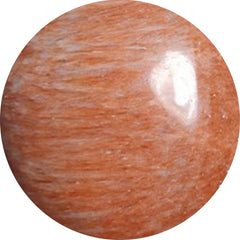 Celestobarite (7)
Celestobarite (7)
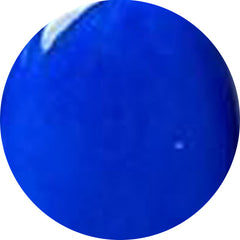 Ceruleite (0)
Ceruleite (0)
 Chakra stone (31)
Chakra stone (31)
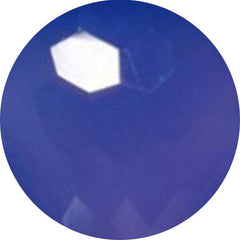 Chalcedony (444)
Chalcedony (444)
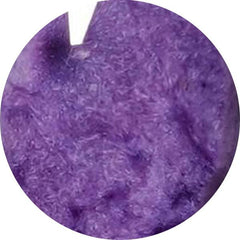 Charoite (189)
Charoite (189)
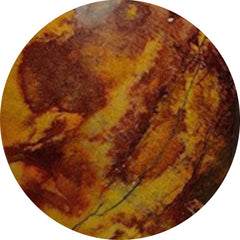 Cherry creek jasper (10)
Cherry creek jasper (10)
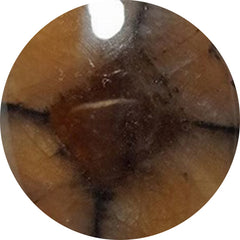 Chiastolite (16)
Chiastolite (16)
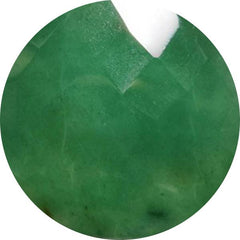 Chrome chalcedony (82)
Chrome chalcedony (82)
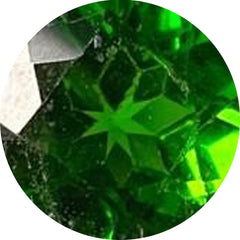 Chrome diopside (20)
Chrome diopside (20)
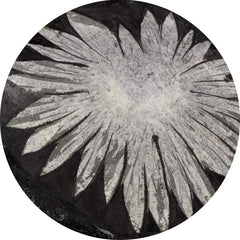 Chrysanthemum fossil (0)
Chrysanthemum fossil (0)
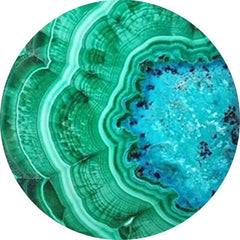 Chrysocolla (407)
Chrysocolla (407)
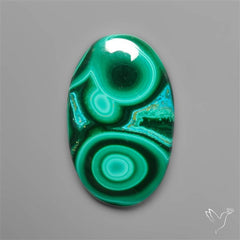 Chrysocolla malachite (76)
Chrysocolla malachite (76)
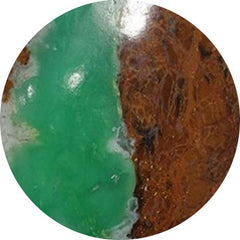 Chrysoprase (321)
Chrysoprase (321)
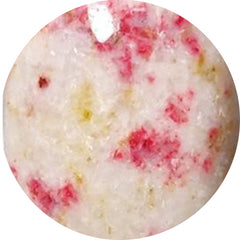 Cinnabar (14)
Cinnabar (14)
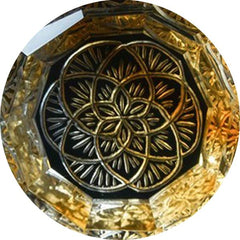 Citrine (110)
Citrine (110)
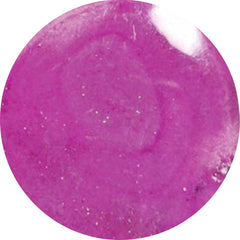 Cobalto calcite (66)
Cobalto calcite (66)
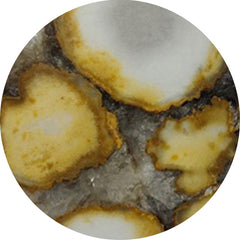 Cobra jasper (30)
Cobra jasper (30)
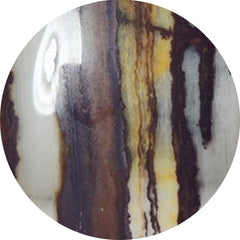 Coconut jasper (2)
Coconut jasper (2)
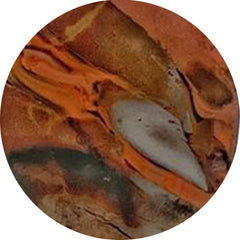 Coffee bean jasper (2)
Coffee bean jasper (2)
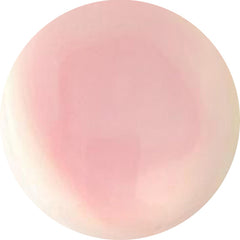 Conch shell (6)
Conch shell (6)
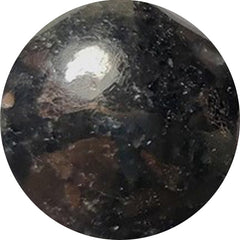 Coppernite (0)
Coppernite (0)
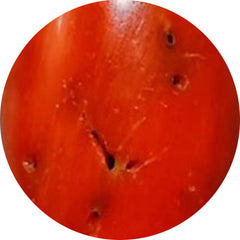 Coral (352)
Coral (352)
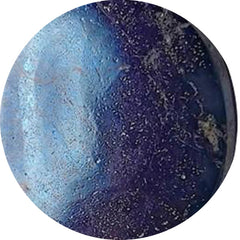 Covellite (4)
Covellite (4)
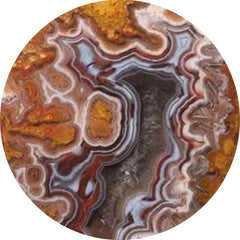 Crazy lace agate (187)
Crazy lace agate (187)
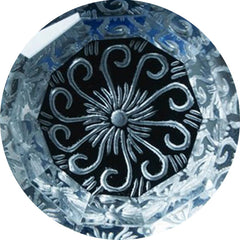 Crystal (204)
Crystal (204)
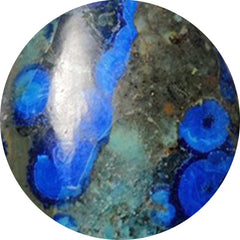 Cuprite (26)
Cuprite (26)
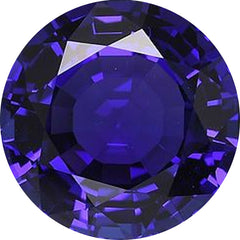 December birthstone (278)
December birthstone (278)
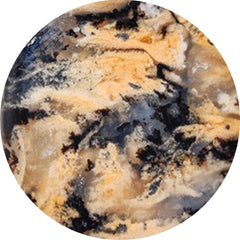 Dendritic agate (442)
Dendritic agate (442)
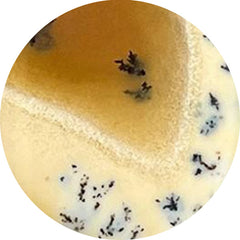 Dendritic opal (75)
Dendritic opal (75)
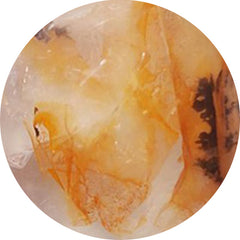 Dendritic quartz (2)
Dendritic quartz (2)
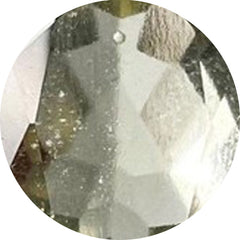 Desert glass (9)
Desert glass (9)
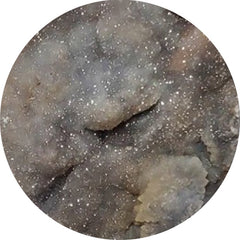 Desert jasper druzy (15)
Desert jasper druzy (15)
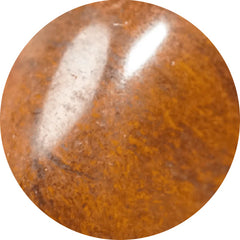 Desert sunset jasper (10)
Desert sunset jasper (10)
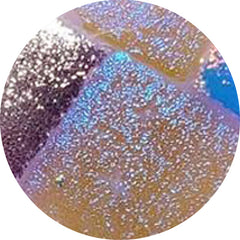 Dichroic glass (145)
Dichroic glass (145)
 Dinosaur bone fossil (3)
Dinosaur bone fossil (3)
 Diopside (54)
Diopside (54)
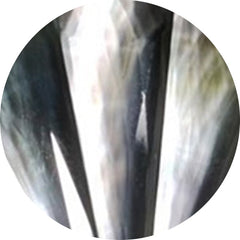 Doublets (876)
Doublets (876)
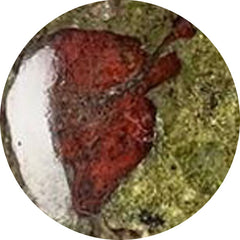 Dragonblood jasper (1)
Dragonblood jasper (1)
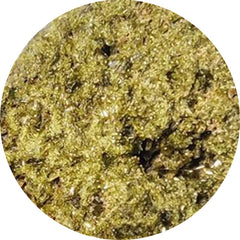 Druzy (419)
Druzy (419)
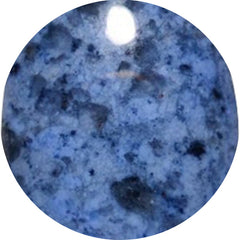 Dumortierite (60)
Dumortierite (60)
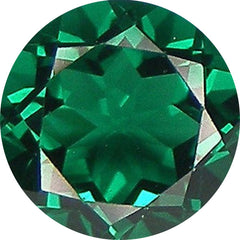 Emerald (63)
Emerald (63)
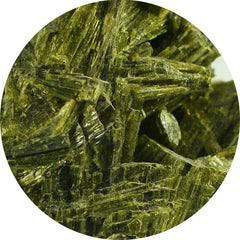 Epidote (10)
Epidote (10)
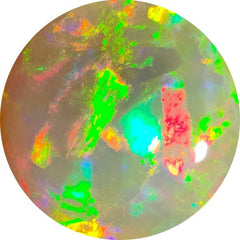 Ethiopian opal (59)
Ethiopian opal (59)
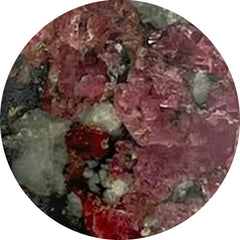 Eudialyte (11)
Eudialyte (11)
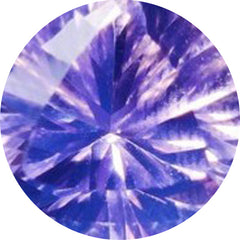 Faceted rose cut (2442)
Faceted rose cut (2442)
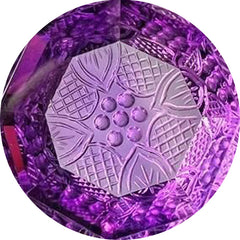 Fantasy cuts (52)
Fantasy cuts (52)
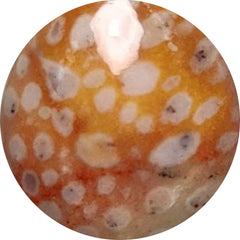 Fawn jasper (13)
Fawn jasper (13)
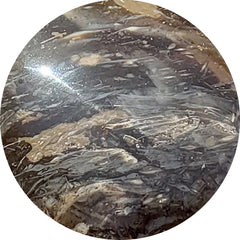 Feather agate (0)
Feather agate (0)
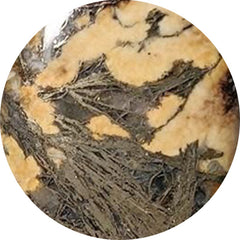 Feather pyrite (39)
Feather pyrite (39)
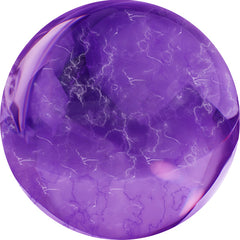 February birthstone (2845)
February birthstone (2845)
 Fine amethyst (32)
Fine amethyst (32)
 Fine ametrine (22)
Fine ametrine (22)
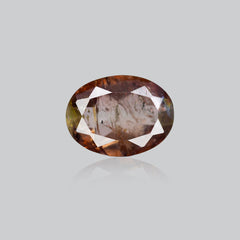 Fine andalusite (1)
Fine andalusite (1)
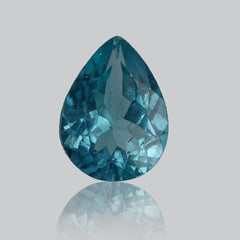 Fine apatite (5)
Fine apatite (5)
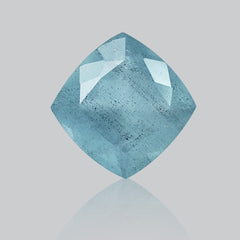 Fine aquamarine (8)
Fine aquamarine (8)
 Fine black opal (6)
Fine black opal (6)
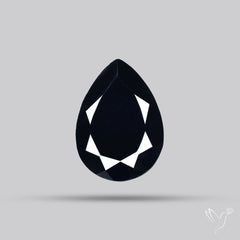 Fine black spinel (14)
Fine black spinel (14)
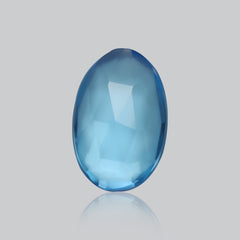 Fine blue topaz (30)
Fine blue topaz (30)
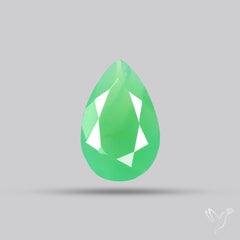 Fine chrysoprase (16)
Fine chrysoprase (16)
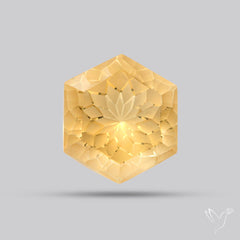 Fine citrine (24)
Fine citrine (24)
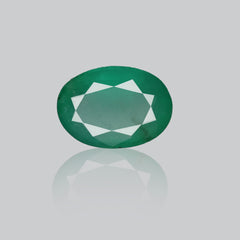 Fine emerald (11)
Fine emerald (11)
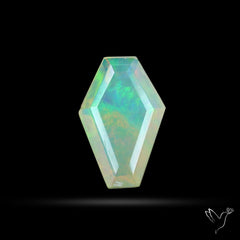 Fine ethiopian opal (18)
Fine ethiopian opal (18)
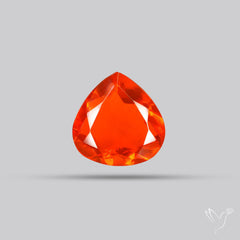 Fine fire opal (7)
Fine fire opal (7)
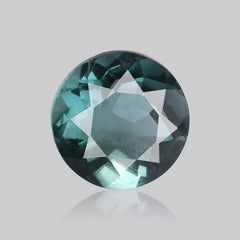 Fine fluorite (12)
Fine fluorite (12)
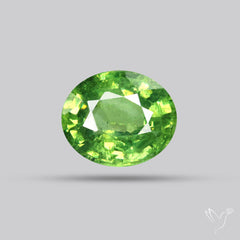 Fine garnet (37)
Fine garnet (37)
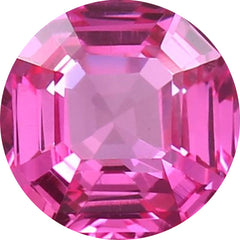 Fine gemstone (0)
Fine gemstone (0)
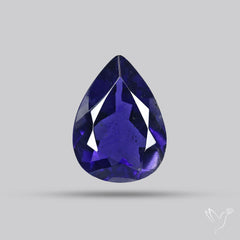 Fine iolite (31)
Fine iolite (31)
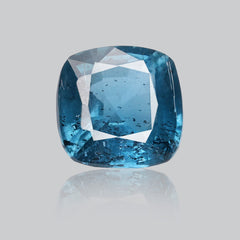 Fine kyanite (28)
Fine kyanite (28)
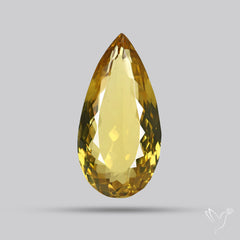 Fine lemon quartz (14)
Fine lemon quartz (14)
 Fine lepidocrocite (46)
Fine lepidocrocite (46)
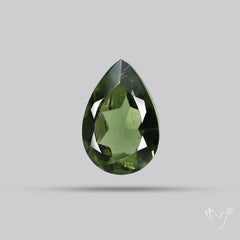 Fine moldavite (21)
Fine moldavite (21)
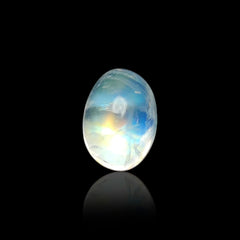 Fine moonstone (7)
Fine moonstone (7)
 Fine peridot (56)
Fine peridot (56)
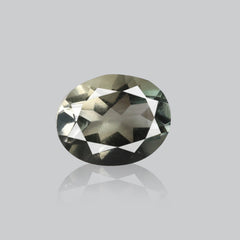 Fine prasiolite (26)
Fine prasiolite (26)
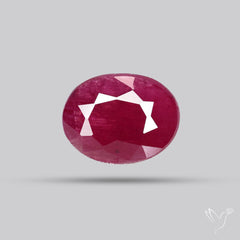 Fine ruby (15)
Fine ruby (15)
 Fine rutilated quartz (19)
Fine rutilated quartz (19)
 Fine sapphire (7)
Fine sapphire (7)
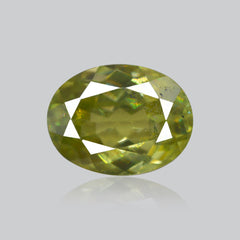 Fine sphene (17)
Fine sphene (17)
 Fine sunstone (79)
Fine sunstone (79)
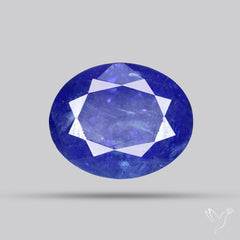 Fine tanzanite (50)
Fine tanzanite (50)
 Fine tourmaline (67)
Fine tourmaline (67)
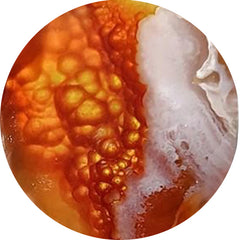 Fire agate (7)
Fire agate (7)
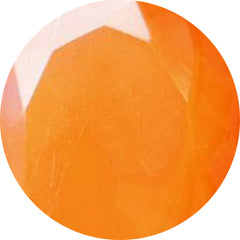 Fire opals (43)
Fire opals (43)
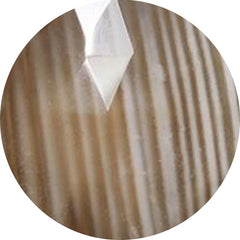 Flint stone (10)
Flint stone (10)
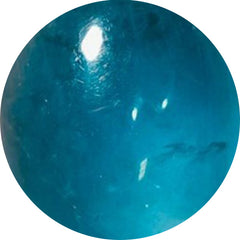 Fluorite (155)
Fluorite (155)
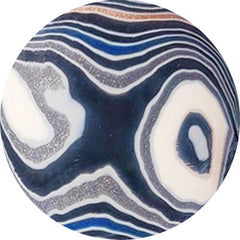 Fordite (63)
Fordite (63)
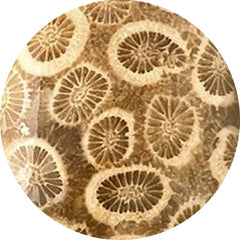 Fossil coral (320)
Fossil coral (320)
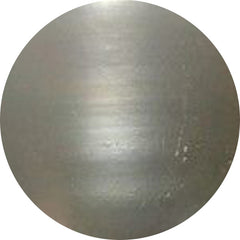 Fossil marston marble (20)
Fossil marston marble (20)
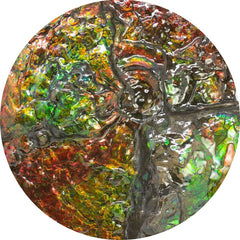 Fossils (513)
Fossils (513)
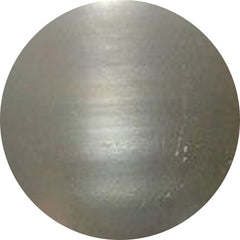 Freshwater pearl (22)
Freshwater pearl (22)
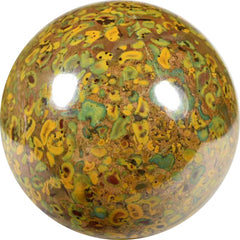 Fruit jasper (14)
Fruit jasper (14)
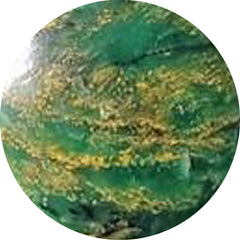 Fuchsite (7)
Fuchsite (7)
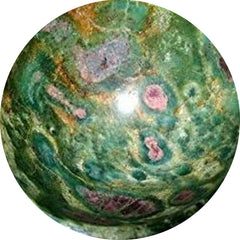 Fuschite (10)
Fuschite (10)
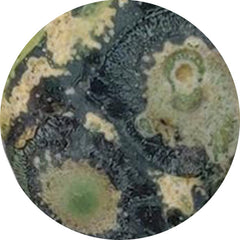 Galaxy jasper (9)
Galaxy jasper (9)
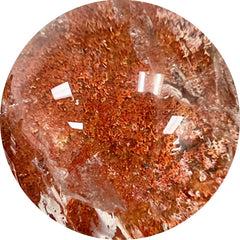 Garden quartz (6)
Garden quartz (6)
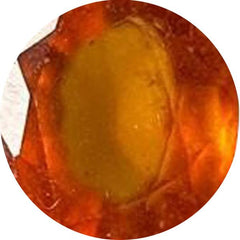 Garnet (119)
Garnet (119)
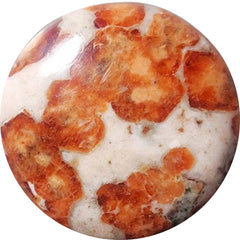 Garnet in limestone (36)
Garnet in limestone (36)
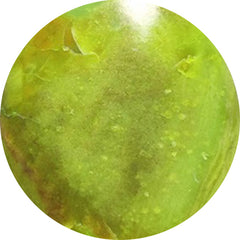 Gaspeite (12)
Gaspeite (12)
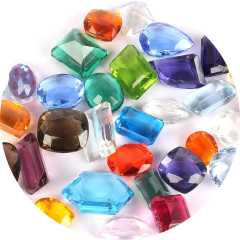 Gemstone lots (438)
Gemstone lots (438)
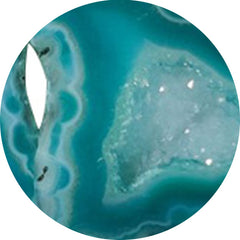 Geode (32)
Geode (32)
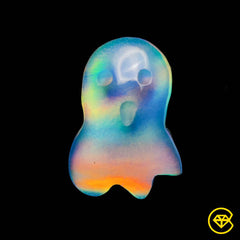 Ghost carving (57)
Ghost carving (57)
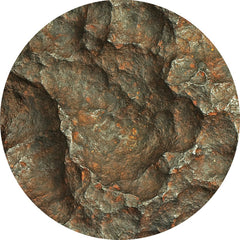 Gibeon meteorite (23)
Gibeon meteorite (23)
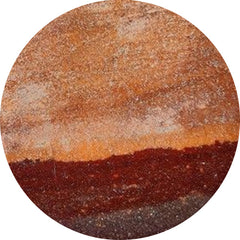 Gila monster agate (16)
Gila monster agate (16)
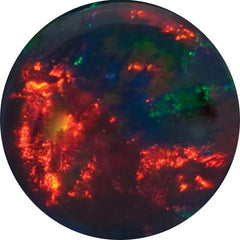 Gilson opal (22)
Gilson opal (22)
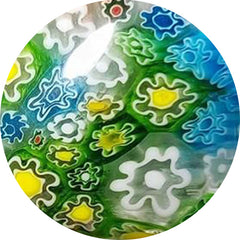 Glass (182)
Glass (182)
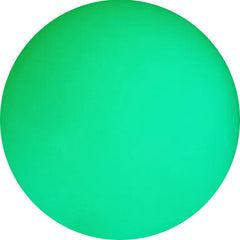 Glow stone (12)
Glow stone (12)
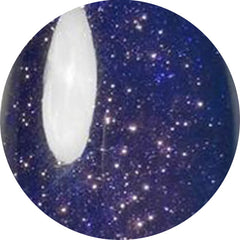 Goldstone (35)
Goldstone (35)
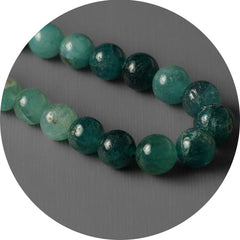 Grandidierite (7)
Grandidierite (7)
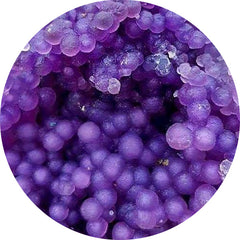 Grape agate (114)
Grape agate (114)
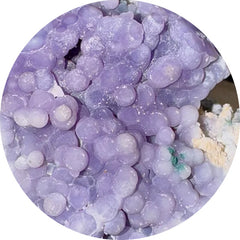 Grape chalcedony (4)
Grape chalcedony (4)
 Green gemstones (447)
Green gemstones (447)
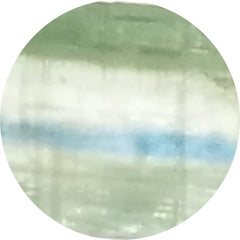 Green kyanite (7)
Green kyanite (7)
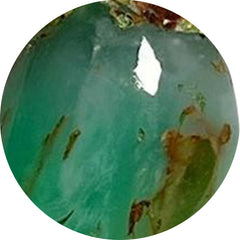 Green prase opal (8)
Green prase opal (8)
 Green tourmaline (24)
Green tourmaline (24)
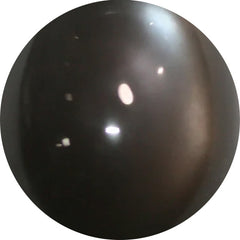 Grey moonstone (31)
Grey moonstone (31)
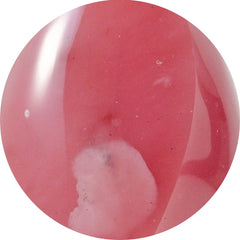 Guava quartz (9)
Guava quartz (9)
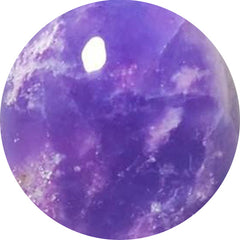 Hackmanite (11)
Hackmanite (11)
 Heart carving (350)
Heart carving (350)
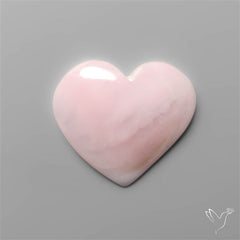 Heart shape gemstones (3)
Heart shape gemstones (3)
 Heliodor (0)
Heliodor (0)
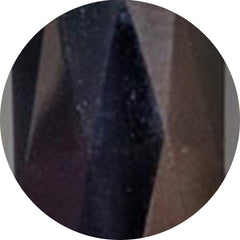 Hematite (37)
Hematite (37)
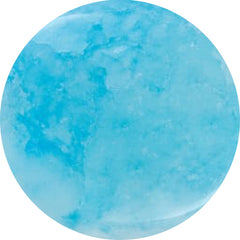 Hemimorphite (54)
Hemimorphite (54)
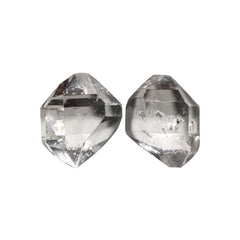 Herkimer diamond (38)
Herkimer diamond (38)
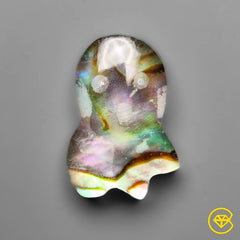 Himalayan quartz (437)
Himalayan quartz (437)
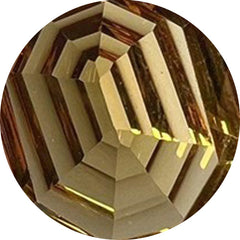 Honey quartz (19)
Honey quartz (19)
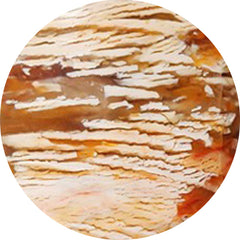 Howardite opal (29)
Howardite opal (29)
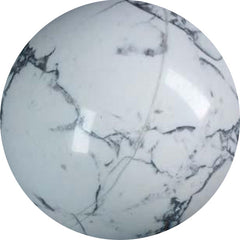 Howlite (4)
Howlite (4)
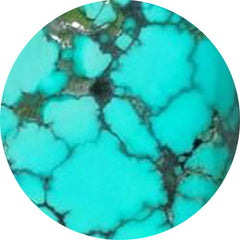 Hubei turquoise (54)
Hubei turquoise (54)
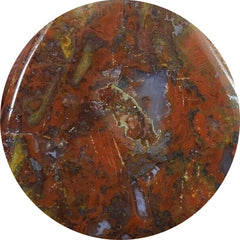 Hungarian agate (1)
Hungarian agate (1)
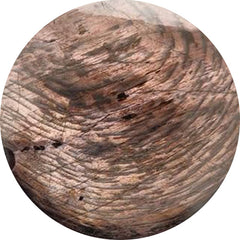 Hypersthene (42)
Hypersthene (42)
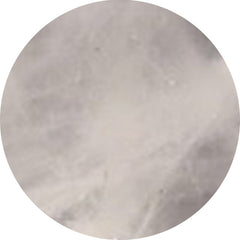 Ice quartz (1)
Ice quartz (1)
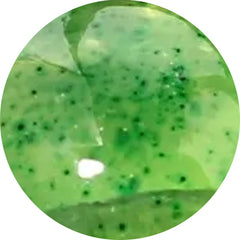 Idocrase (1)
Idocrase (1)
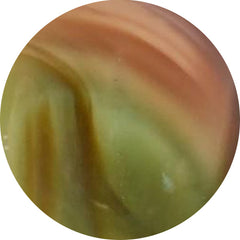 Imperial jasper (115)
Imperial jasper (115)
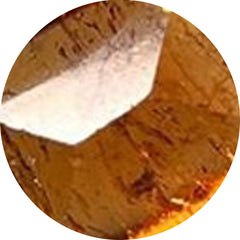 Imperial topaz (0)
Imperial topaz (0)
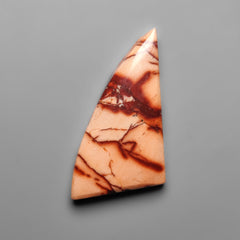 Indian paint stone (5)
Indian paint stone (5)
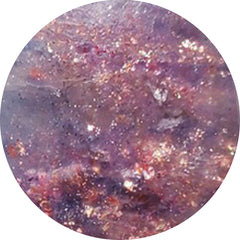 Iolite (160)
Iolite (160)
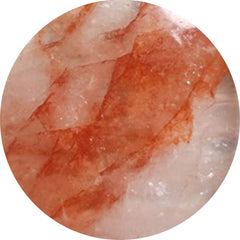 Iron quartz (48)
Iron quartz (48)
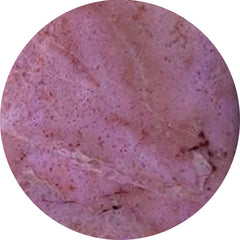 Jade (34)
Jade (34)
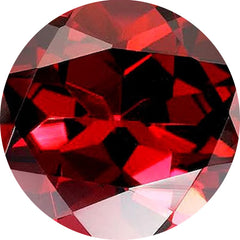 January birthstone (445)
January birthstone (445)
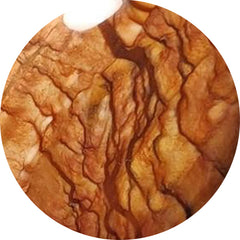 Jaspers (32)
Jaspers (32)
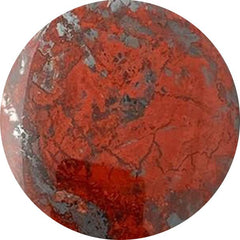 Jaspillite (3)
Jaspillite (3)
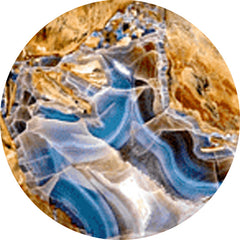 Java chalcedony (16)
Java chalcedony (16)
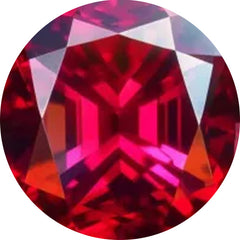 July birthstone (551)
July birthstone (551)
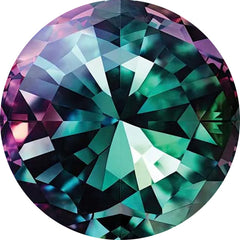 June birthstones: moonstone, pearl, and alexandrite (1055)
June birthstones: moonstone, pearl, and alexandrite (1055)
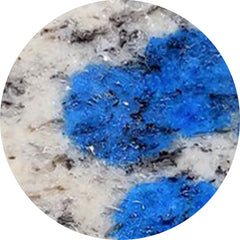 K2 jasper (7)
K2 jasper (7)
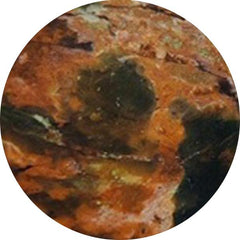 Kaleidoscope agate (0)
Kaleidoscope agate (0)
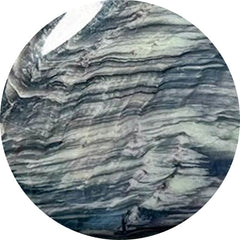 Kammererite (103)
Kammererite (103)
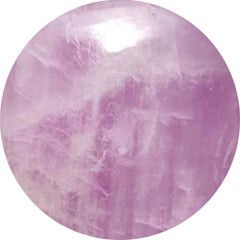 Kunzite (7)
Kunzite (7)
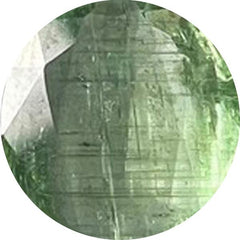 Kyanite (99)
Kyanite (99)
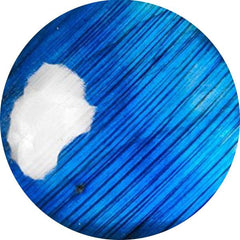 Labradorite (277)
Labradorite (277)
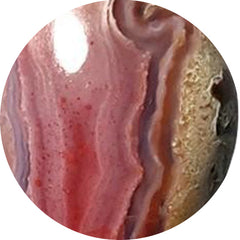 Laguna lace agate (60)
Laguna lace agate (60)
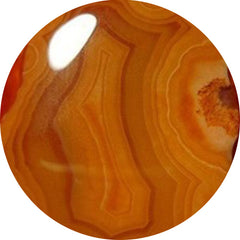 Lake superior agate (25)
Lake superior agate (25)
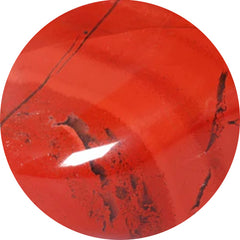 Landscape jasper (0)
Landscape jasper (0)
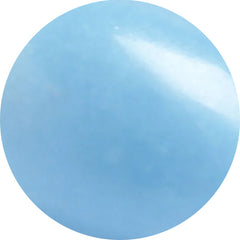 Langite (0)
Langite (0)
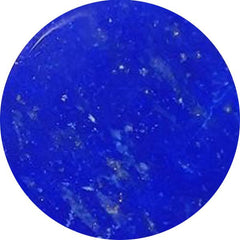 Lapis lazuli (165)
Lapis lazuli (165)
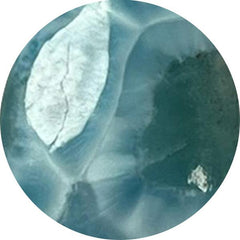 Larimar (125)
Larimar (125)
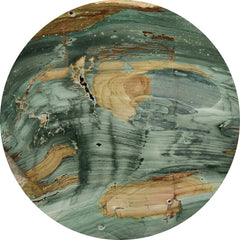 Larsonite (17)
Larsonite (17)
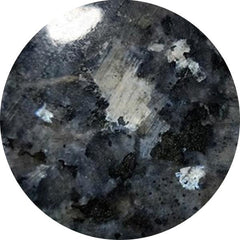 Larvikite feldspar (46)
Larvikite feldspar (46)
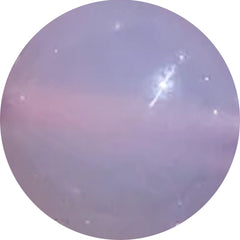 Lavender chalcedony (17)
Lavender chalcedony (17)
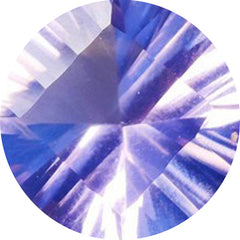 Lavender quartz (5)
Lavender quartz (5)
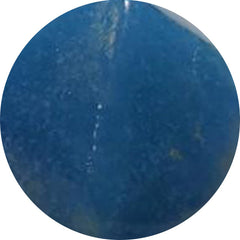 Lazulite (8)
Lazulite (8)
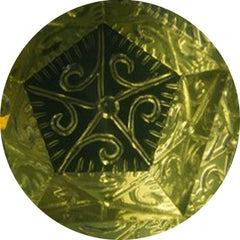 Lemon quartz (44)
Lemon quartz (44)
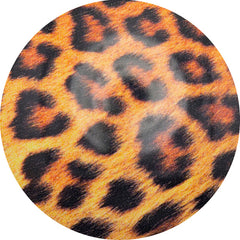 Leopard skin shell (0)
Leopard skin shell (0)
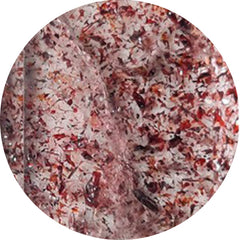 Lepidocrocite (55)
Lepidocrocite (55)
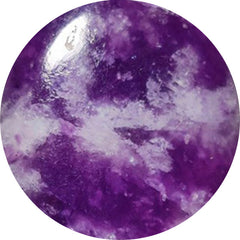 Lepidolite (82)
Lepidolite (82)
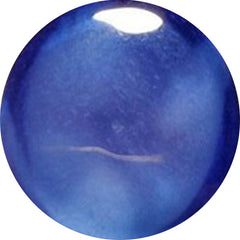 Lindy star sapphire (0)
Lindy star sapphire (0)
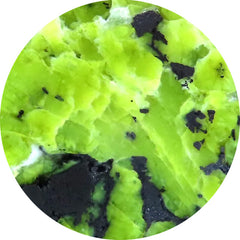 Lizardite (55)
Lizardite (55)
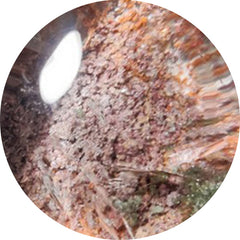 Lodolite (93)
Lodolite (93)
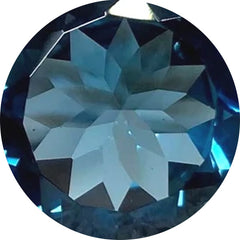 London blue topaz (10)
London blue topaz (10)
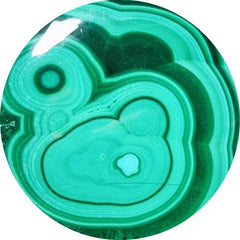 Malachite (577)
Malachite (577)
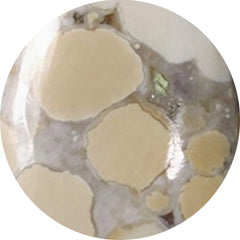 Maligano jasper (71)
Maligano jasper (71)
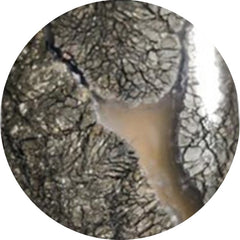 Marcasite (27)
Marcasite (27)
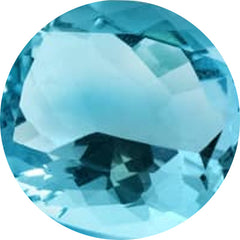 March birthstone (1458)
March birthstone (1458)
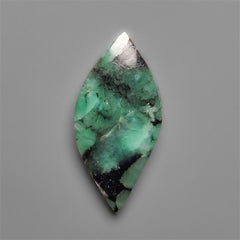 Marquise shape gemstones (5)
Marquise shape gemstones (5)
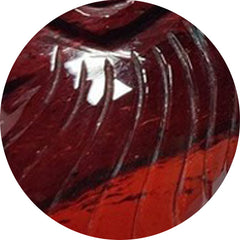 Mary ellen jasper (0)
Mary ellen jasper (0)
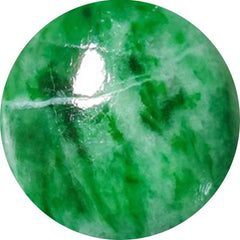 Maw sit sit (15)
Maw sit sit (15)
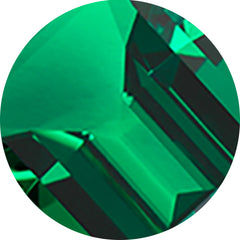 May birthstone (443)
May birthstone (443)
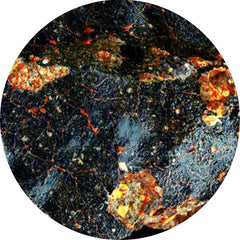 Meteorite (23)
Meteorite (23)
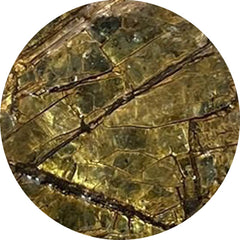 Mica (45)
Mica (45)
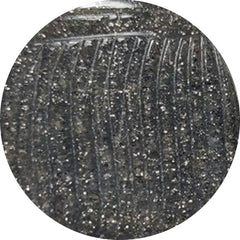 Midnight quartzite (20)
Midnight quartzite (20)
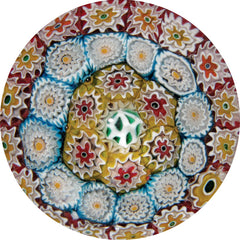 Millefiori glass (2)
Millefiori glass (2)
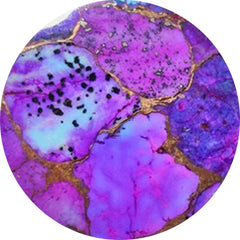 Mohave turquoise (57)
Mohave turquoise (57)
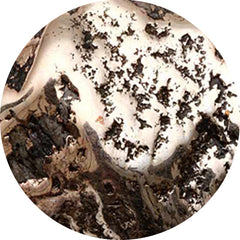 Mohawkites (20)
Mohawkites (20)
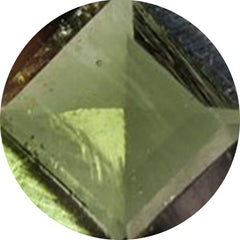 Moldavite (47)
Moldavite (47)
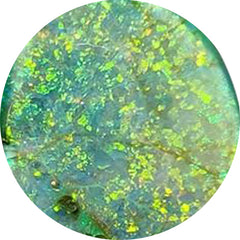 Monarch opal (29)
Monarch opal (29)
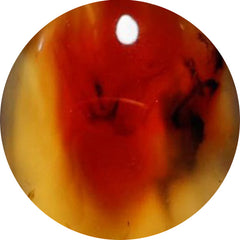 Montana agate (83)
Montana agate (83)
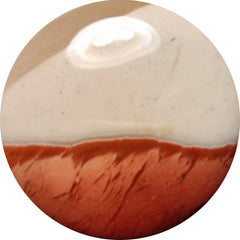 Mookaite (39)
Mookaite (39)
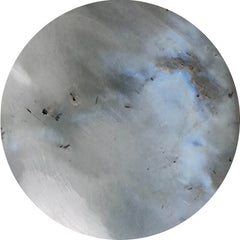 Moonstone (400)
Moonstone (400)
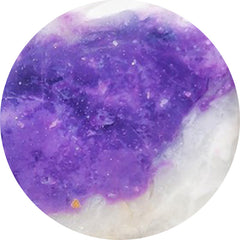 Morado opal (1)
Morado opal (1)
 Morenci turquoise (39)
Morenci turquoise (39)
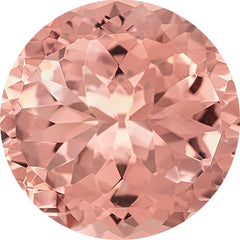 Morganite (0)
Morganite (0)
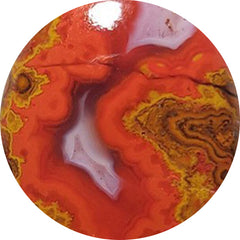 Moroccan seam agate (119)
Moroccan seam agate (119)
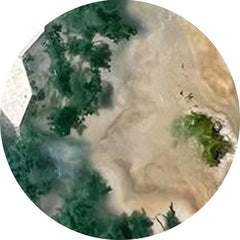 Moss agate (385)
Moss agate (385)
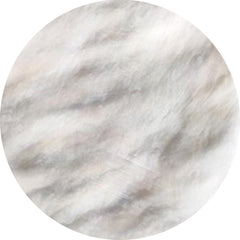 Mother of pearl (528)
Mother of pearl (528)
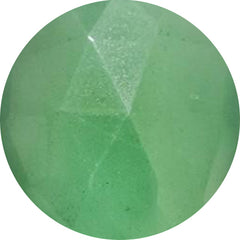 Mtorolite (46)
Mtorolite (46)
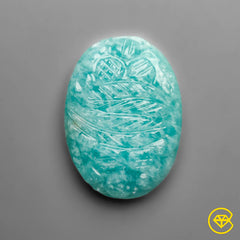 Mughal carving (477)
Mughal carving (477)
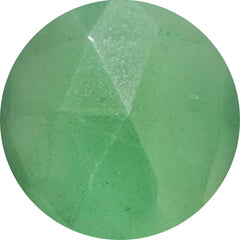 Muscovite (21)
Muscovite (21)
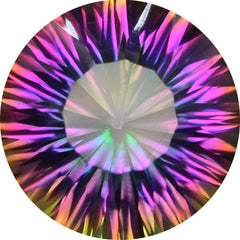 Mystic quartz (1)
Mystic quartz (1)
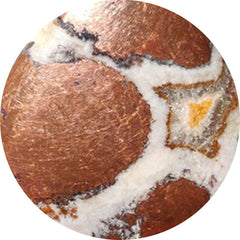 Native copper (34)
Native copper (34)
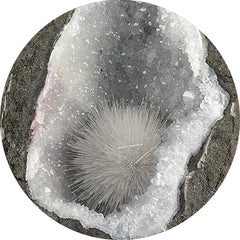 Natrolite (26)
Natrolite (26)
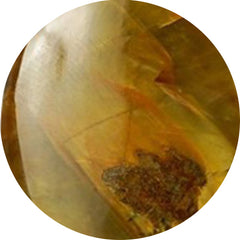 Nellite (6)
Nellite (6)
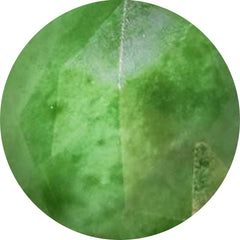 Nephrite jade (2)
Nephrite jade (2)
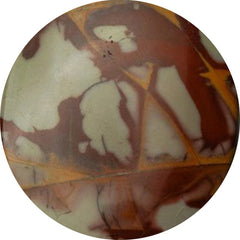 Noreena jasper (28)
Noreena jasper (28)
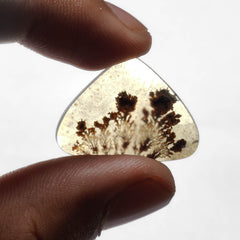 November birthstone (158)
November birthstone (158)
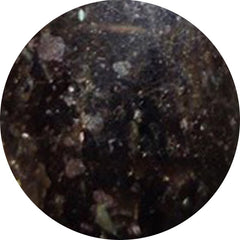 Nuummite (2)
Nuummite (2)
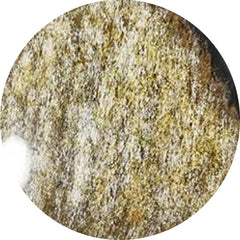 Obsidian (339)
Obsidian (339)
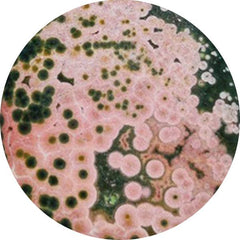 Ocean jasper (253)
Ocean jasper (253)
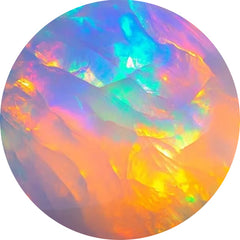 October birthstone (1312)
October birthstone (1312)
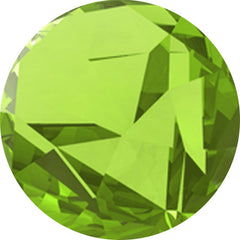 Olive quartz (5)
Olive quartz (5)
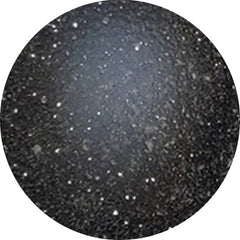 Onyx (287)
Onyx (287)
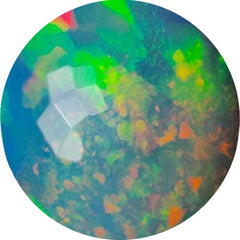 Opal (1083)
Opal (1083)
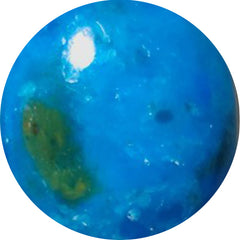 Opalina (11)
Opalina (11)
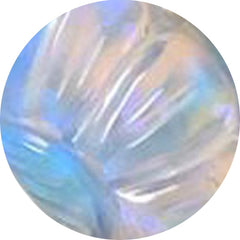 Opalite (30)
Opalite (30)
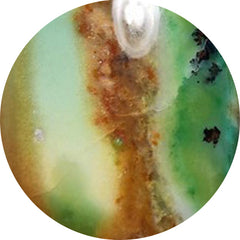 Opalwood (5)
Opalwood (5)
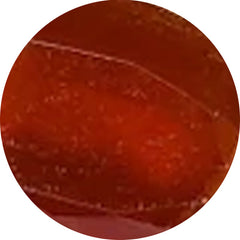 Orange kyanite (2)
Orange kyanite (2)
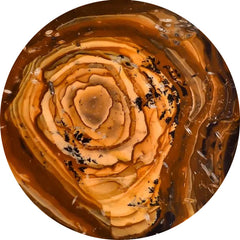 Oregon jasper (7)
Oregon jasper (7)
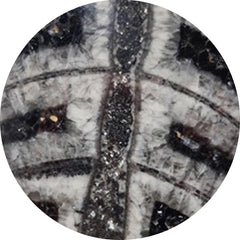 Orthoceras fossil (36)
Orthoceras fossil (36)
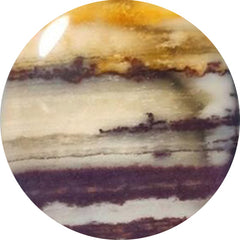 Outback jasper (5)
Outback jasper (5)
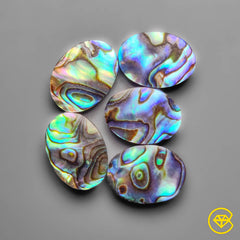 Oval shape gemstones (6)
Oval shape gemstones (6)
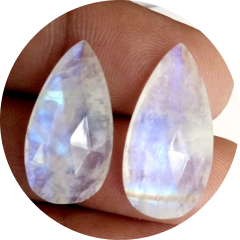 Pairs (945)
Pairs (945)
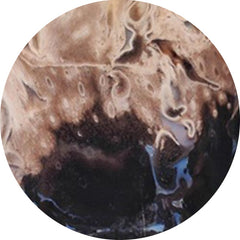 Palmroot agate (92)
Palmroot agate (92)
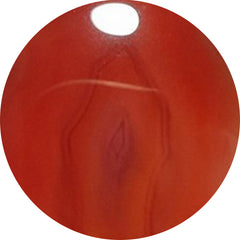 Passion agate (1)
Passion agate (1)
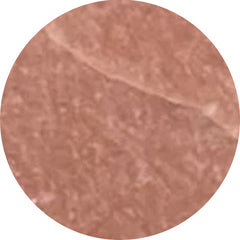 Peach moonstone (45)
Peach moonstone (45)
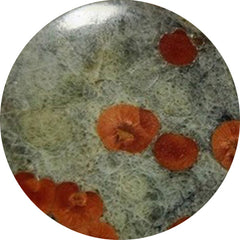 Peanut obsidian (40)
Peanut obsidian (40)
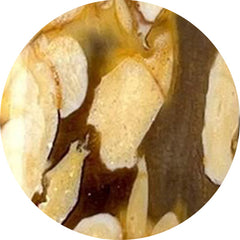 Peanut wood jasper (178)
Peanut wood jasper (178)
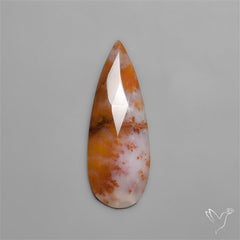 Pear shape gemstones (9)
Pear shape gemstones (9)
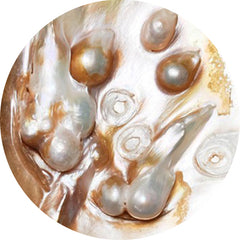 Pearl (655)
Pearl (655)
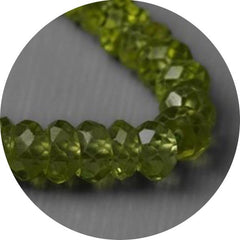 Peridot (59)
Peridot (59)
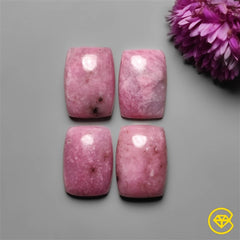 Petalite (25)
Petalite (25)
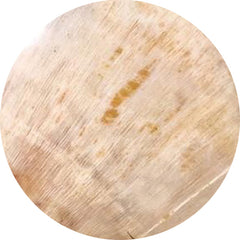 Petrified wood (55)
Petrified wood (55)
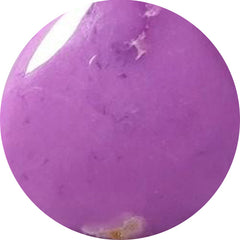 Phosphosiderite (94)
Phosphosiderite (94)
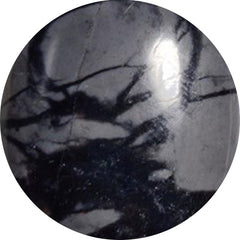 Picasso jasper (81)
Picasso jasper (81)
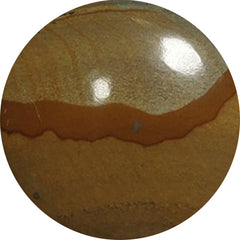 Picture jasper (81)
Picture jasper (81)
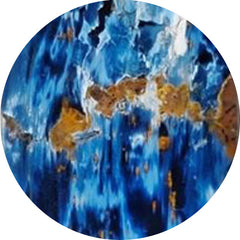 Pietersite (47)
Pietersite (47)
 Pink gemstones (473)
Pink gemstones (473)
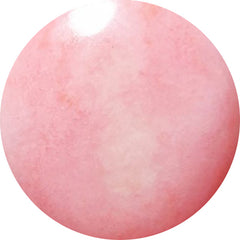 Pink opal (151)
Pink opal (151)
 Pink tourmaline (90)
Pink tourmaline (90)
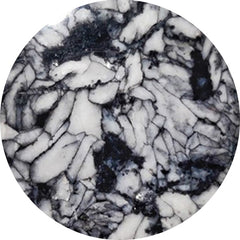 Pinolith (35)
Pinolith (35)
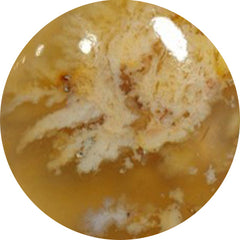 Plume agate (96)
Plume agate (96)
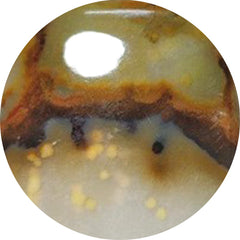 Polka dot agate (42)
Polka dot agate (42)
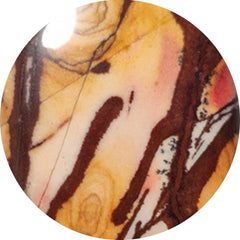 Polychrome jasper (42)
Polychrome jasper (42)
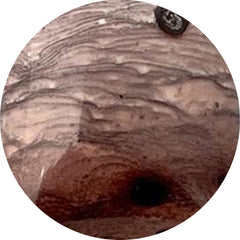 Porcelain jasper (30)
Porcelain jasper (30)
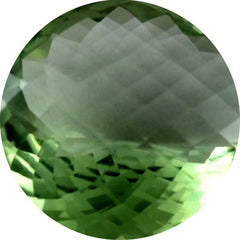 Prasiolite (45)
Prasiolite (45)
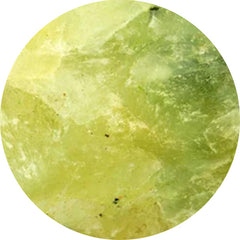 Prehnite (22)
Prehnite (22)
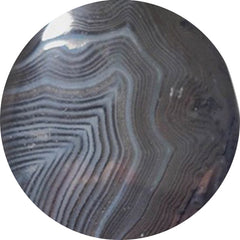 Psilomelane (23)
Psilomelane (23)
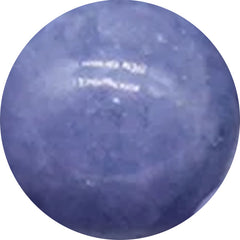 Purple chalcedony (45)
Purple chalcedony (45)
 Purple gemstones (1011)
Purple gemstones (1011)
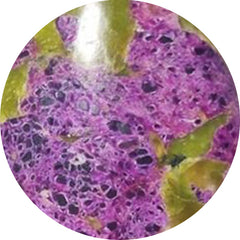 Purpurite (7)
Purpurite (7)
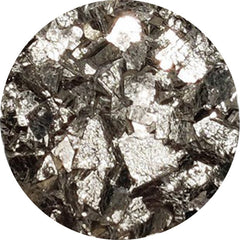 Pyrite (137)
Pyrite (137)
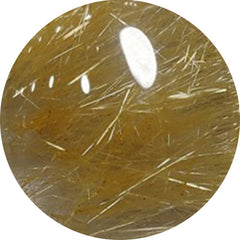 Quartz (125)
Quartz (125)
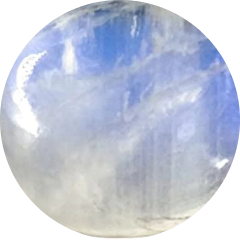 Rain moonstones (0)
Rain moonstones (0)
 Rainbow calcilica (11)
Rainbow calcilica (11)
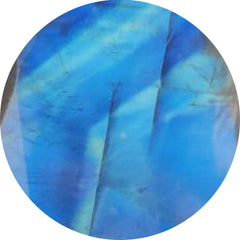 Rainbow moonstone (86)
Rainbow moonstone (86)
 Red coral (8)
Red coral (8)
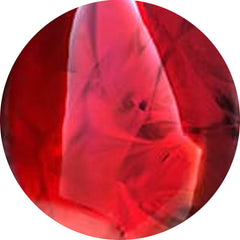 Red fossil (0)
Red fossil (0)
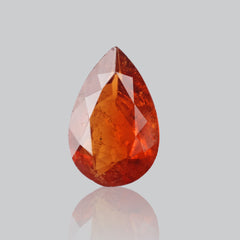 Red gemstones (364)
Red gemstones (364)
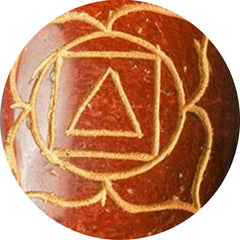 Red jasper (3)
Red jasper (3)
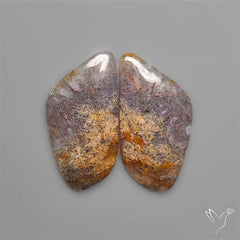 Red moss agate (76)
Red moss agate (76)
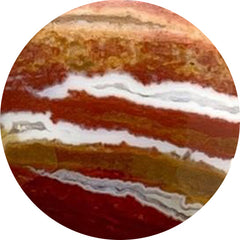 Red river jasper (16)
Red river jasper (16)
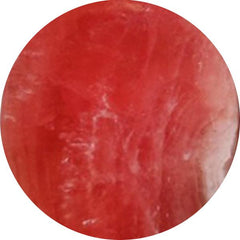 Rhodochrosite (405)
Rhodochrosite (405)
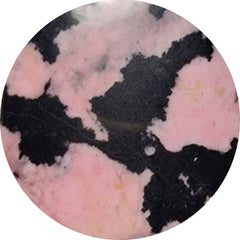 Rhodonite (81)
Rhodonite (81)
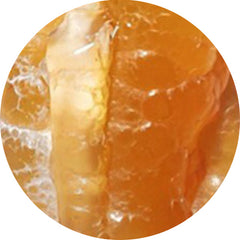 Rock chalcedony (2)
Rock chalcedony (2)
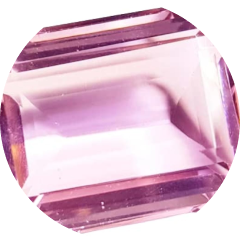 Rose cut gemstones (724)
Rose cut gemstones (724)
 Rose quartz (54)
Rose quartz (54)
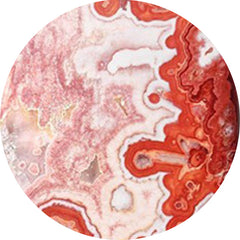 Rosita jasper (10)
Rosita jasper (10)
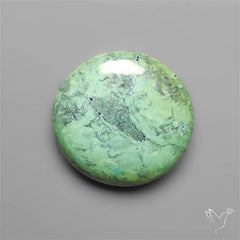 Round shape gemstones (6)
Round shape gemstones (6)
 Ruby (199)
Ruby (199)
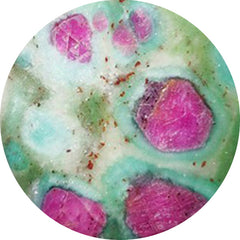 Ruby in fuchsite (6)
Ruby in fuchsite (6)
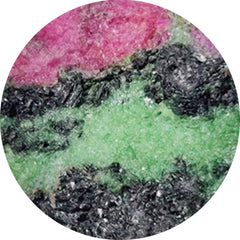 Ruby in zoisite (92)
Ruby in zoisite (92)
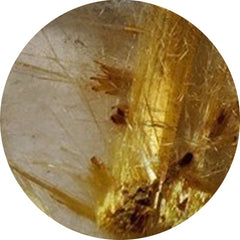 Rutilated quartz (263)
Rutilated quartz (263)
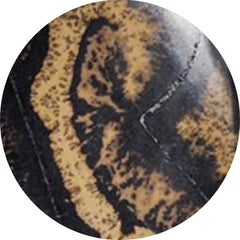 Sage brush jasper (27)
Sage brush jasper (27)
 Sand dollar fossil (3)
Sand dollar fossil (3)
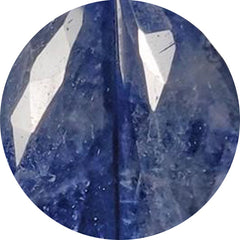 Sapphire (32)
Sapphire (32)
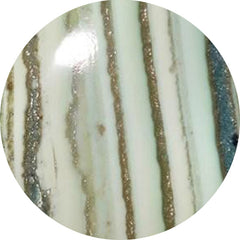 Saturn chalcedony (57)
Saturn chalcedony (57)
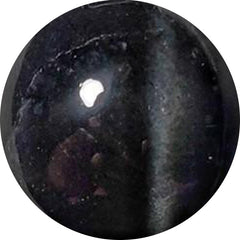 Scapolite (13)
Scapolite (13)
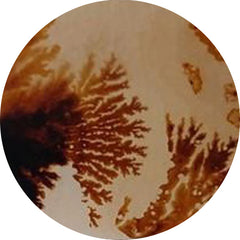 Scenic agate (99)
Scenic agate (99)
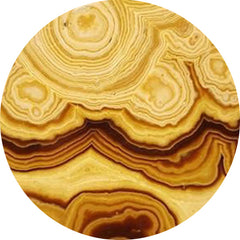 Schalenblende (88)
Schalenblende (88)
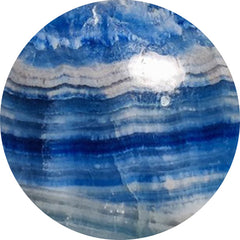 Scheelite (37)
Scheelite (37)
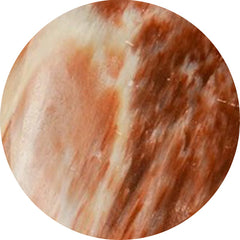 Scolecite (52)
Scolecite (52)
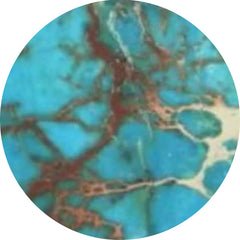 Sea sediment jasper (0)
Sea sediment jasper (0)
 Selenite (13)
Selenite (13)
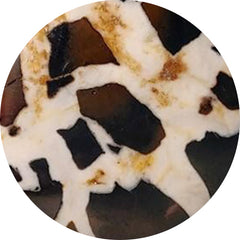 Septarian (92)
Septarian (92)
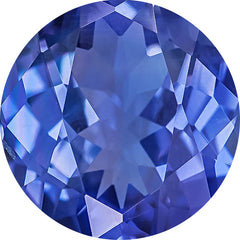 September birthstone (199)
September birthstone (199)
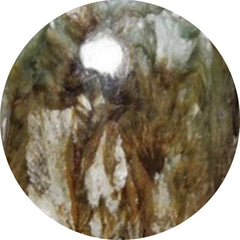 Seraphinite (81)
Seraphinite (81)
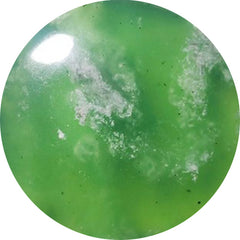 Serpentine (165)
Serpentine (165)
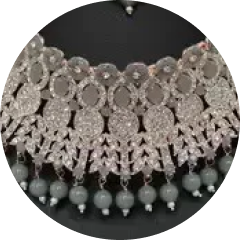 Sets (37)
Sets (37)
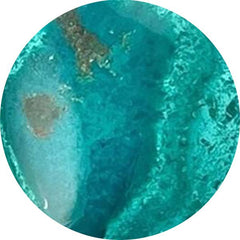 Shattuckite (278)
Shattuckite (278)
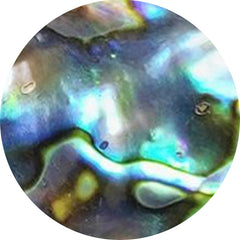 Shell (294)
Shell (294)
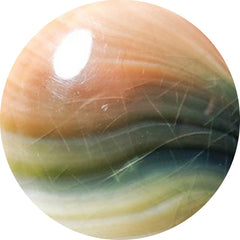 Shiva eye shell (46)
Shiva eye shell (46)
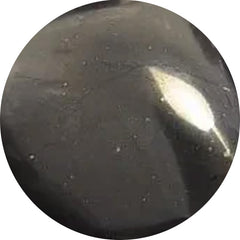 Shungite (4)
Shungite (4)
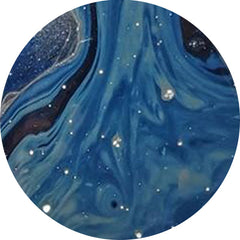 Sieber agate (0)
Sieber agate (0)
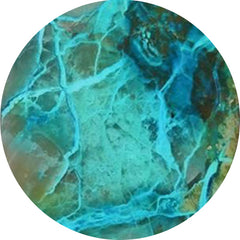 Silica (4)
Silica (4)
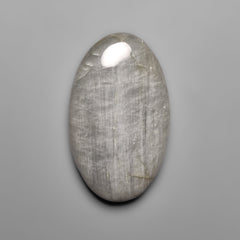 Silver leaf jasper (6)
Silver leaf jasper (6)
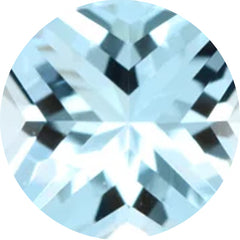 Sky blue topaz (5)
Sky blue topaz (5)
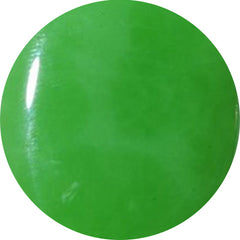 Smithsonite (29)
Smithsonite (29)
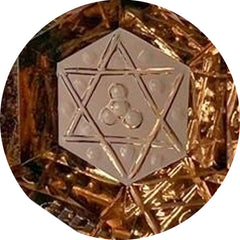 Smoky quartz (23)
Smoky quartz (23)
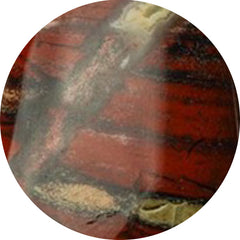 Snakeskin jasper (48)
Snakeskin jasper (48)
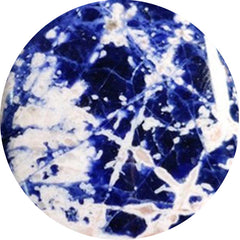 Sodalite (72)
Sodalite (72)
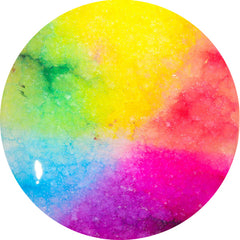 Solar agate (1)
Solar agate (1)
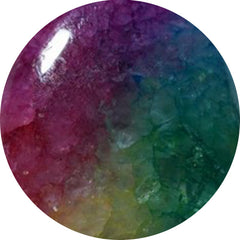 Solar quartz (51)
Solar quartz (51)
 Spectrolite (128)
Spectrolite (128)
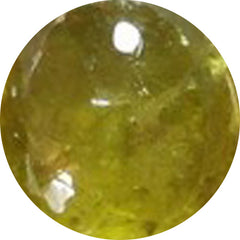 Sphence (25)
Sphence (25)
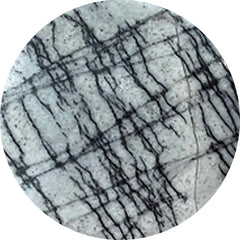 Spiderweb jasper (1)
Spiderweb jasper (1)
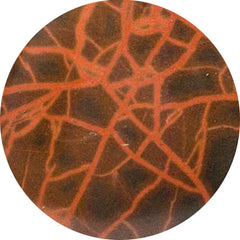 Spiderwoman jasper (0)
Spiderwoman jasper (0)
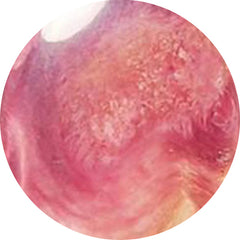 Spiny oyster shell (66)
Spiny oyster shell (66)
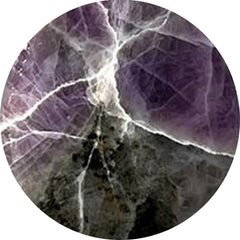 Spurrite (7)
Spurrite (7)
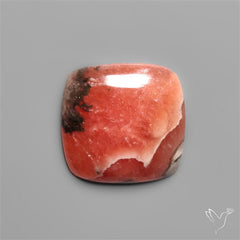 Square shape gemstones (10)
Square shape gemstones (10)
 Starburst (2)
Starburst (2)
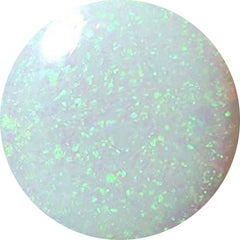 Sterling opal (11)
Sterling opal (11)
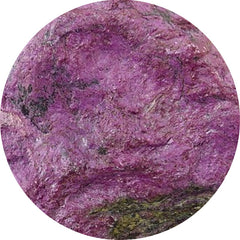 Stichtite (37)
Stichtite (37)
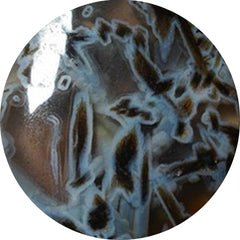 Stick agate (6)
Stick agate (6)
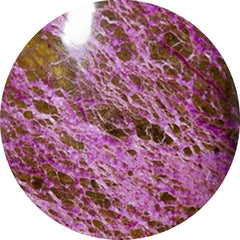 Stitchtite (121)
Stitchtite (121)
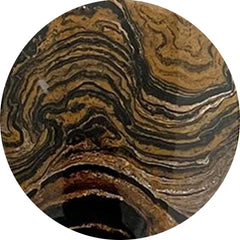 Stramatolite (0)
Stramatolite (0)
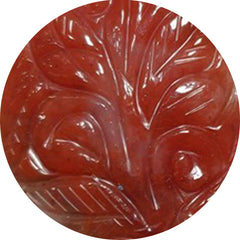 Strawberry quartz (8)
Strawberry quartz (8)
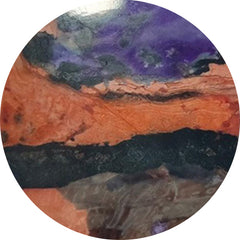 Sugilite (0)
Sugilite (0)
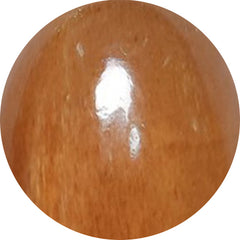 Sunstone (270)
Sunstone (270)
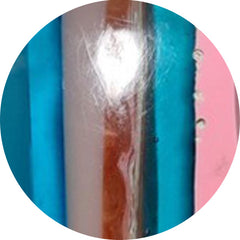 Surfite (1)
Surfite (1)
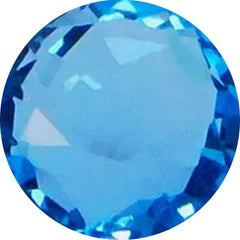 Swiss blue topaz (31)
Swiss blue topaz (31)
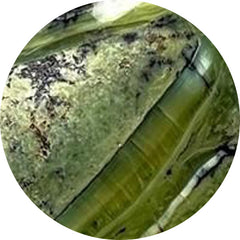 Swiss opal (3)
Swiss opal (3)
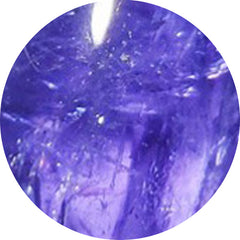 Tanzanite (51)
Tanzanite (51)
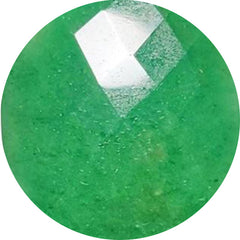 Tanzurine (12)
Tanzurine (12)
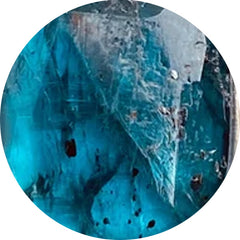 Teal kyanite (9)
Teal kyanite (9)
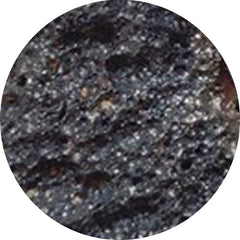 Tektite (42)
Tektite (42)
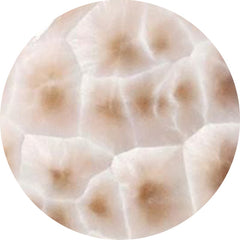 Thomsonite (35)
Thomsonite (35)
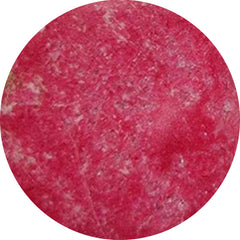 Thulite (80)
Thulite (80)
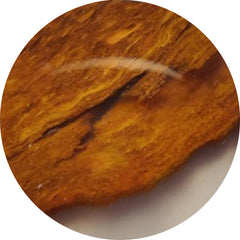 Thunder egg agate (0)
Thunder egg agate (0)
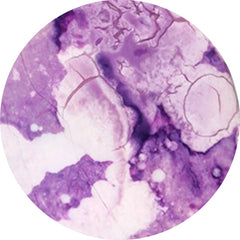 Tiffany stone (6)
Tiffany stone (6)
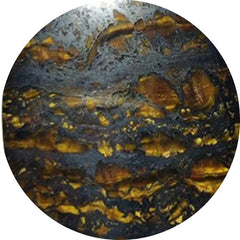 Tiger eye (66)
Tiger eye (66)
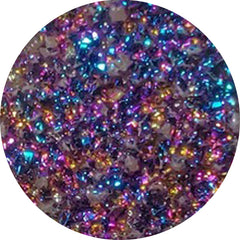 Titanium druzy (5)
Titanium druzy (5)
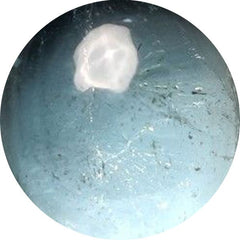 Topaz (49)
Topaz (49)
 Tourmaline (242)
Tourmaline (242)
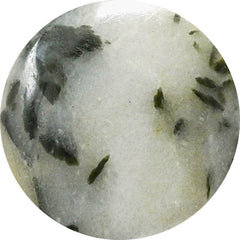 Tourmaline in quartz (86)
Tourmaline in quartz (86)
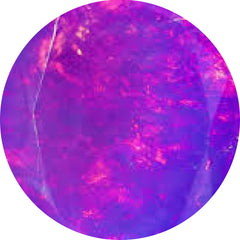 Treated opal (35)
Treated opal (35)
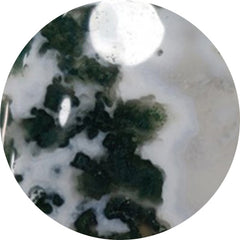 Tree agate (31)
Tree agate (31)
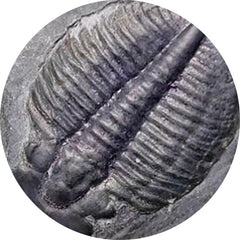 Trilobite fossil (18)
Trilobite fossil (18)
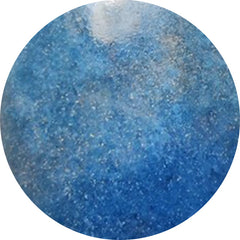 Trolleite quartz (30)
Trolleite quartz (30)
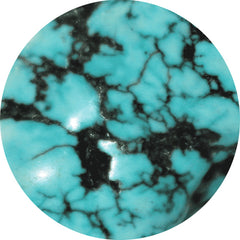 Tumbles (1)
Tumbles (1)
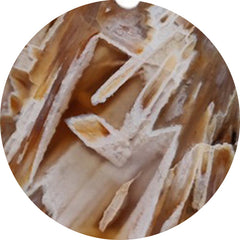 Turkish tube agate (63)
Turkish tube agate (63)
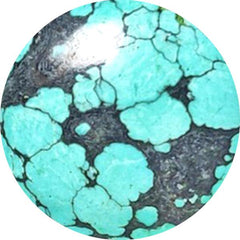 Turquoise (229)
Turquoise (229)
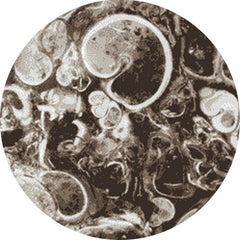 Turritella jasper (3)
Turritella jasper (3)
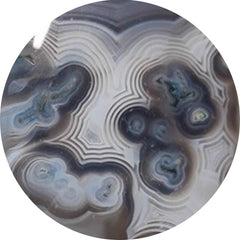 Tuxedo agate (64)
Tuxedo agate (64)
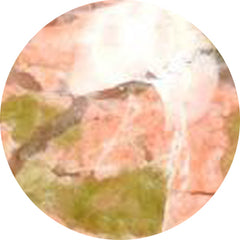 Unakite (3)
Unakite (3)
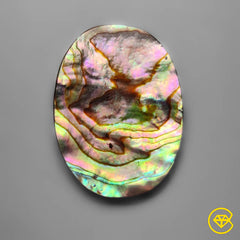 Under $10 (4058)
Under $10 (4058)
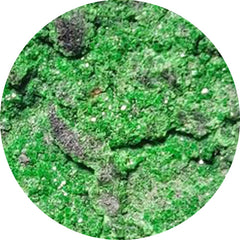 Uvarovite garnet (3)
Uvarovite garnet (3)
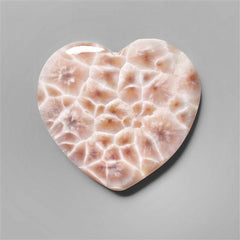 Valentine (802)
Valentine (802)
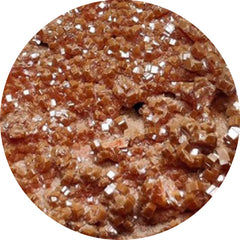 Vanadinite druzy (9)
Vanadinite druzy (9)
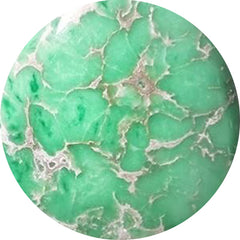 Variscite (137)
Variscite (137)
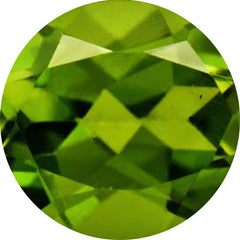 Vesuvianite (1)
Vesuvianite (1)
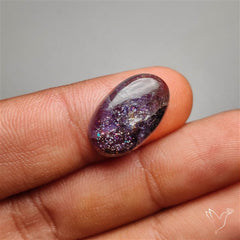 Video collection (265)
Video collection (265)
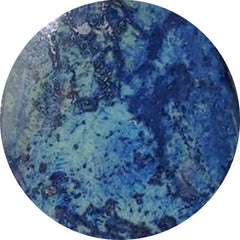 Vivianite (1)
Vivianite (1)
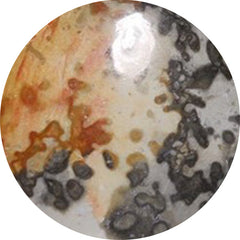 Volcanic cotham marble (7)
Volcanic cotham marble (7)
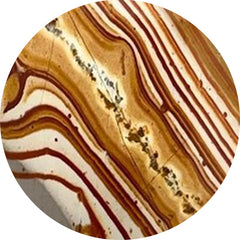 Wagul jasper (3)
Wagul jasper (3)
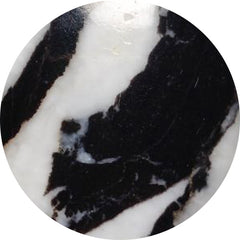 White buffalo turquoise (14)
White buffalo turquoise (14)
 White gemstones (1211)
White gemstones (1211)
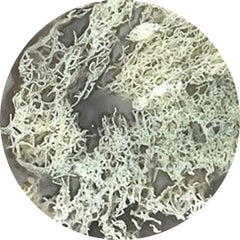 White horse canyon (45)
White horse canyon (45)
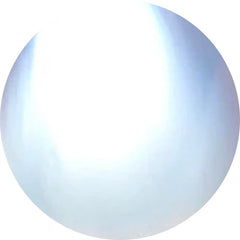 White moonstone (35)
White moonstone (35)
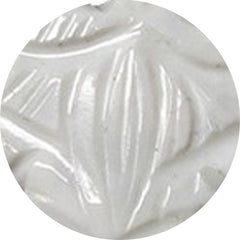 White opal (11)
White opal (11)
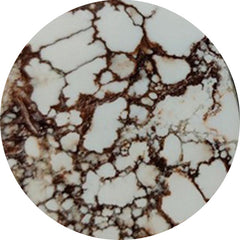 Wild horse jasper (116)
Wild horse jasper (116)
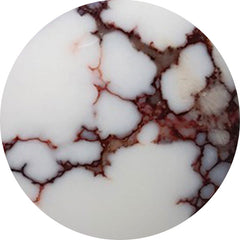 Wild horse magnesite (49)
Wild horse magnesite (49)
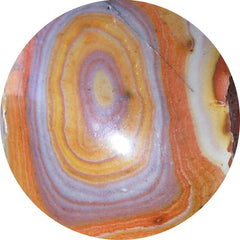 Wonder stone (0)
Wonder stone (0)
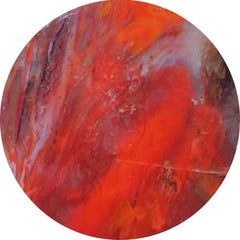 Wood (208)
Wood (208)
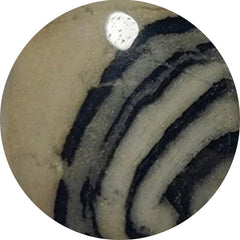 Yavapai travertine (0)
Yavapai travertine (0)
 Yellow gemstones (172)
Yellow gemstones (172)
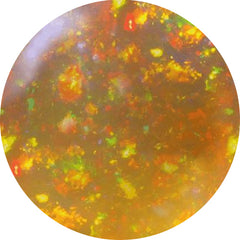 Yellow opal (7)
Yellow opal (7)
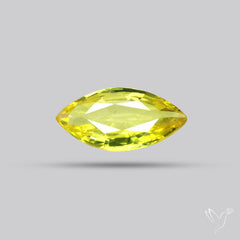 Yellow sapphire (6)
Yellow sapphire (6)
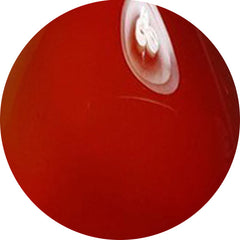 Yemeni aqeeq (0)
Yemeni aqeeq (0)
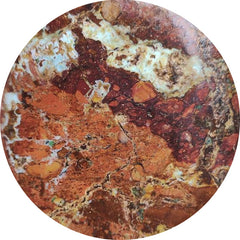 Zarinite (0)
Zarinite (0)
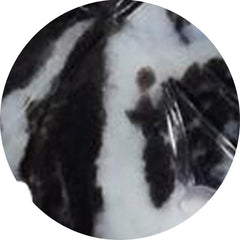 Zebra jasper (1)
Zebra jasper (1)
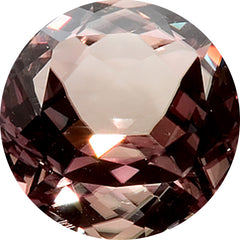 Zultanite (4)
Zultanite (4)






















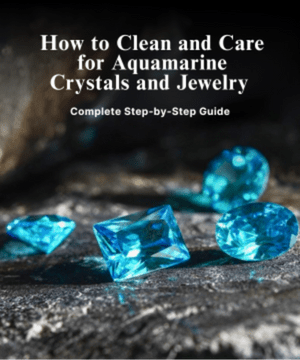
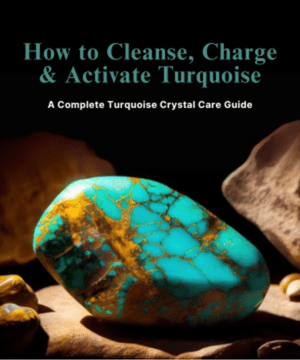
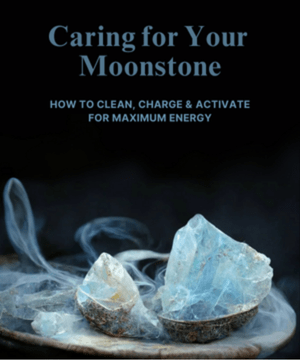

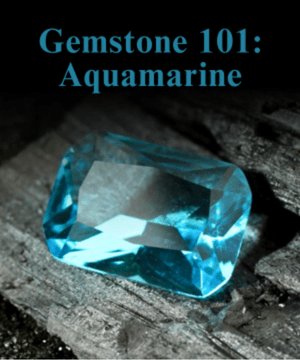
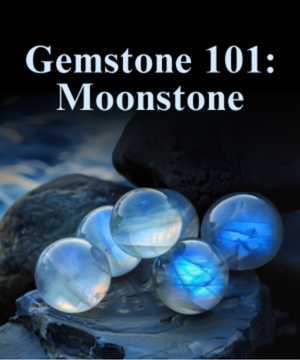

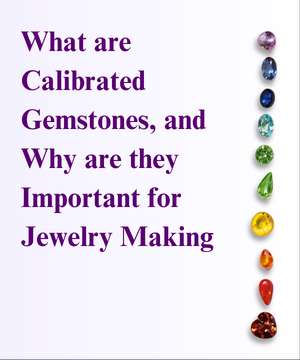





Leave a Comment